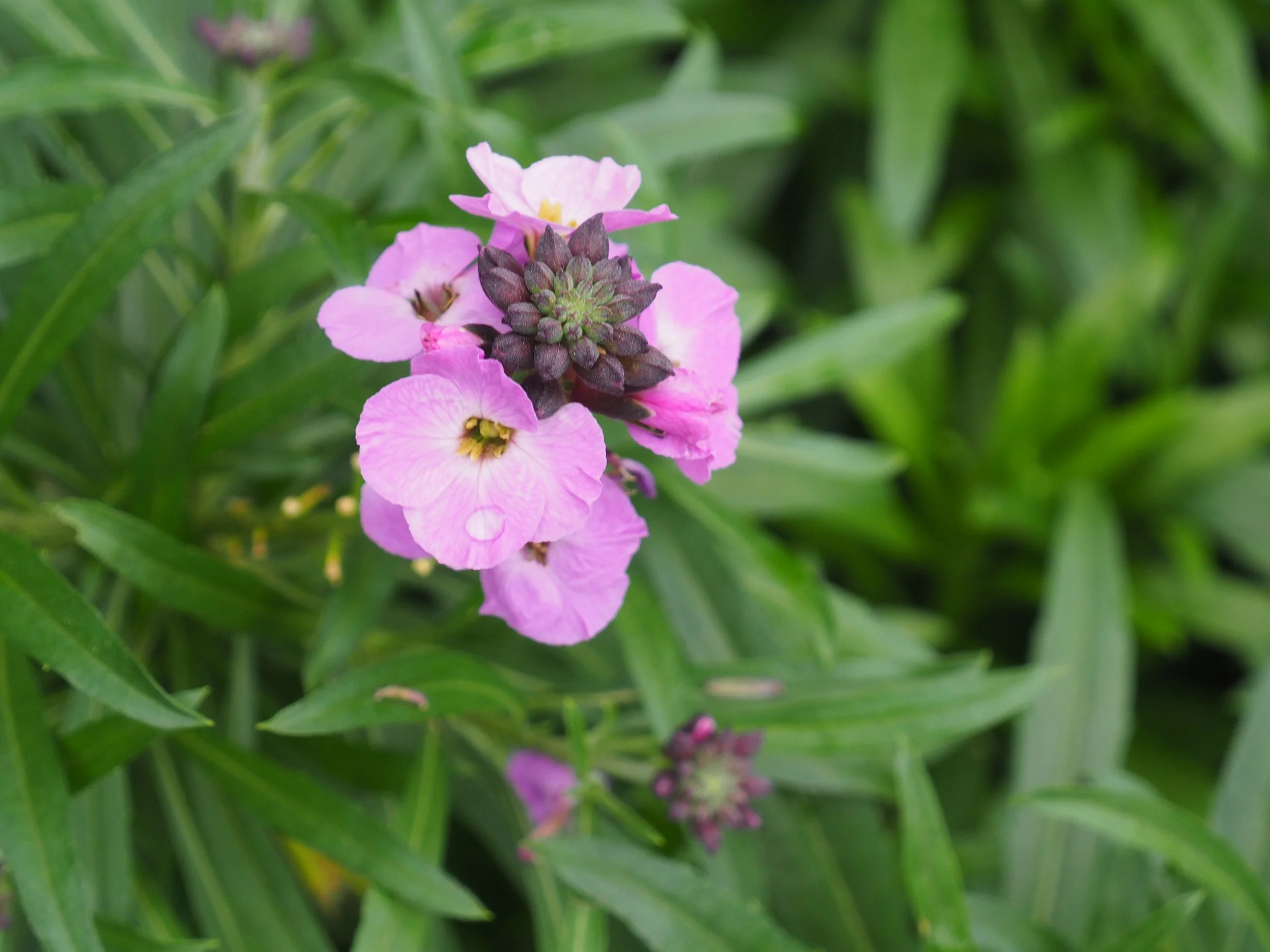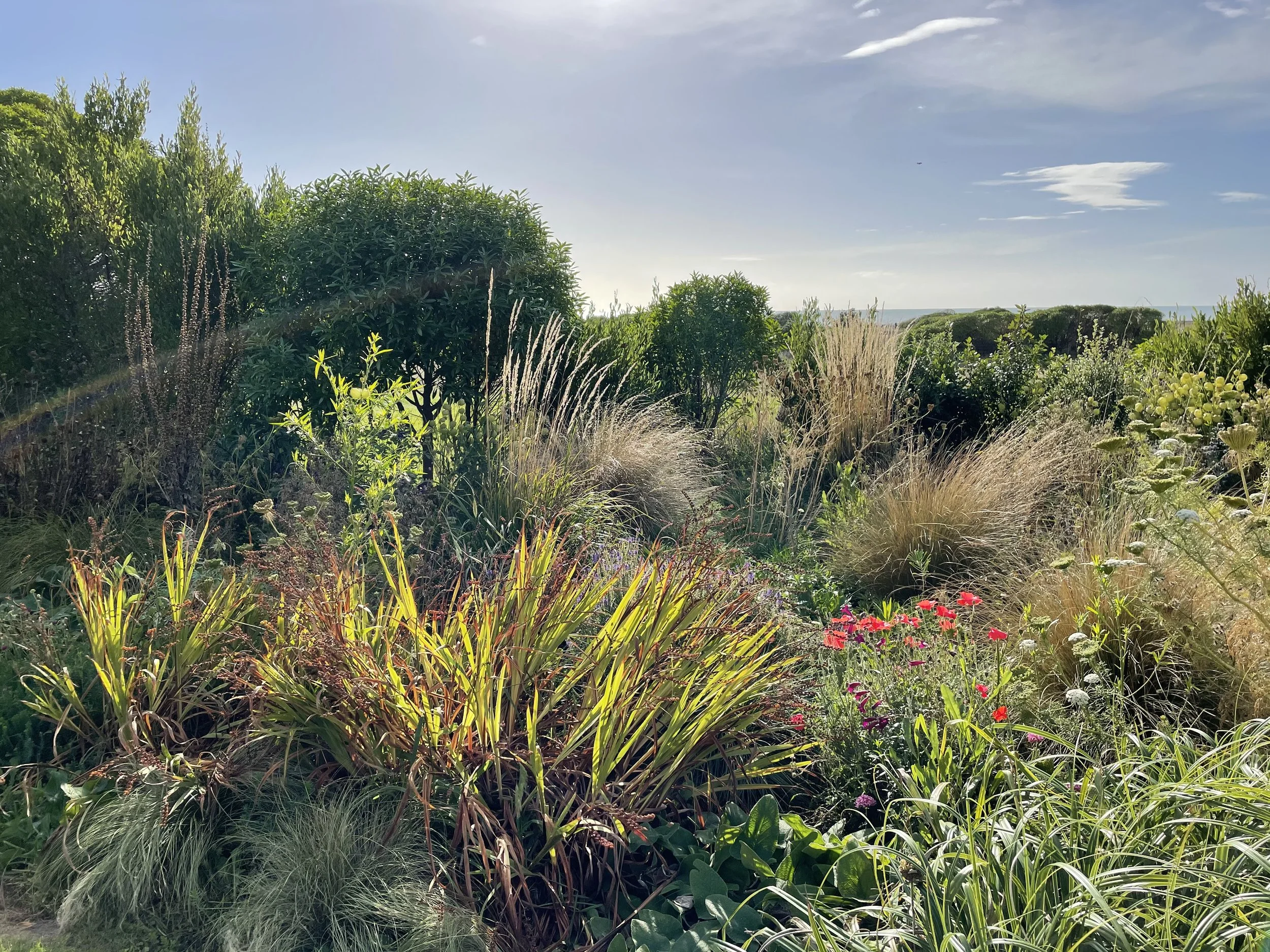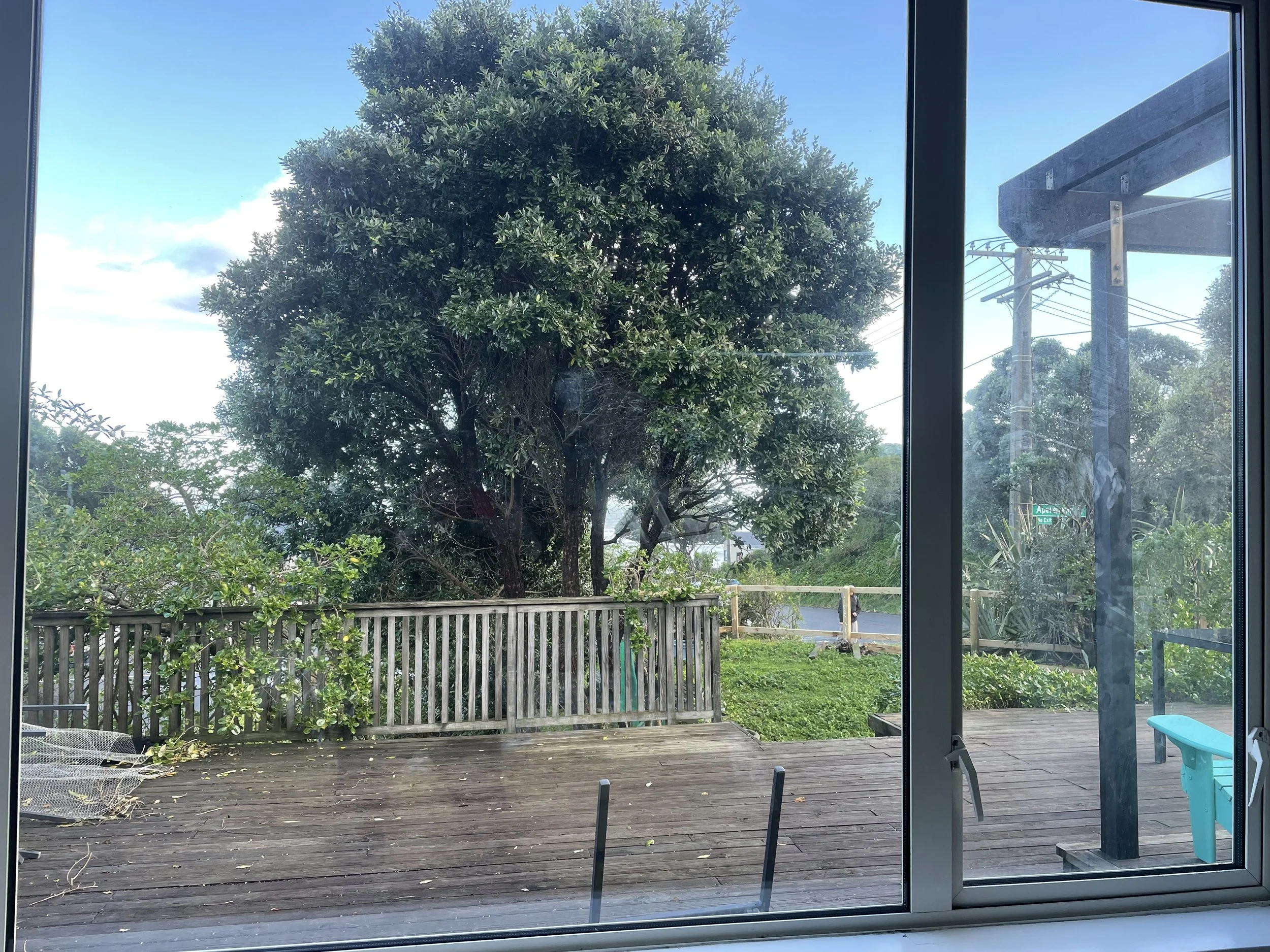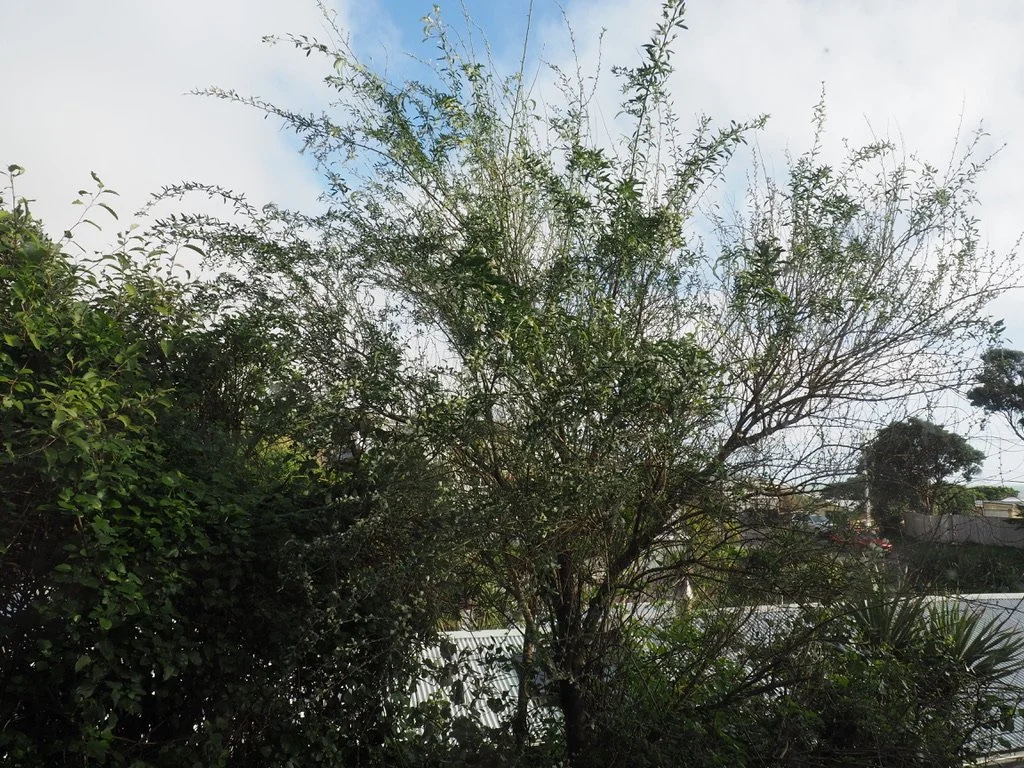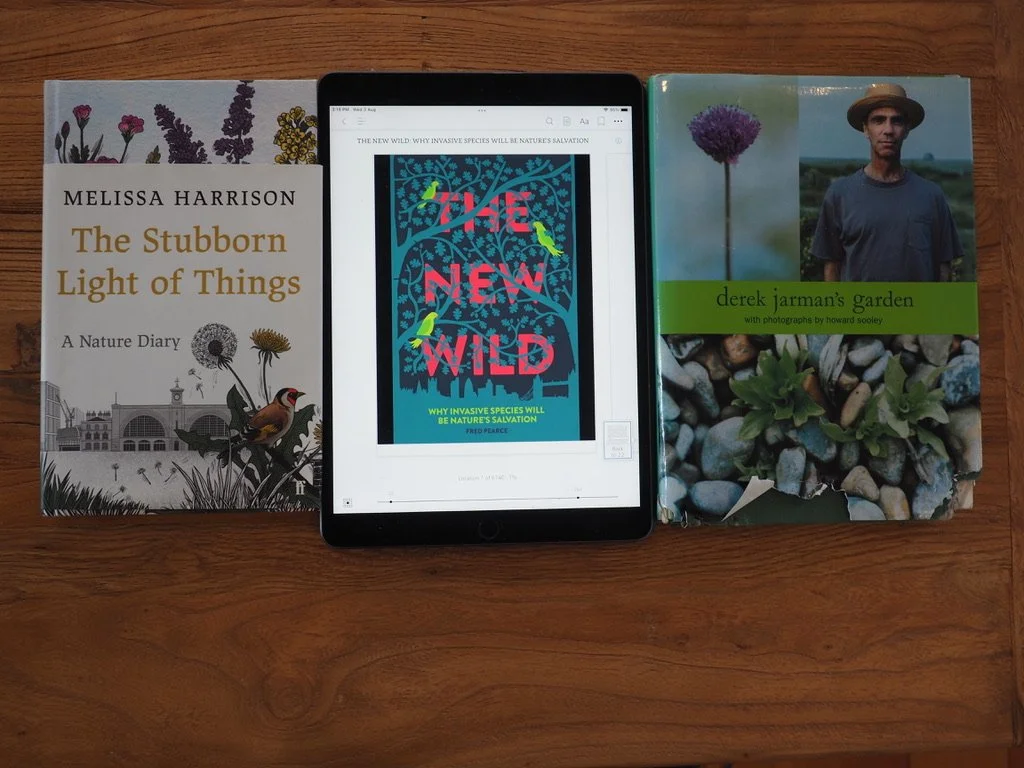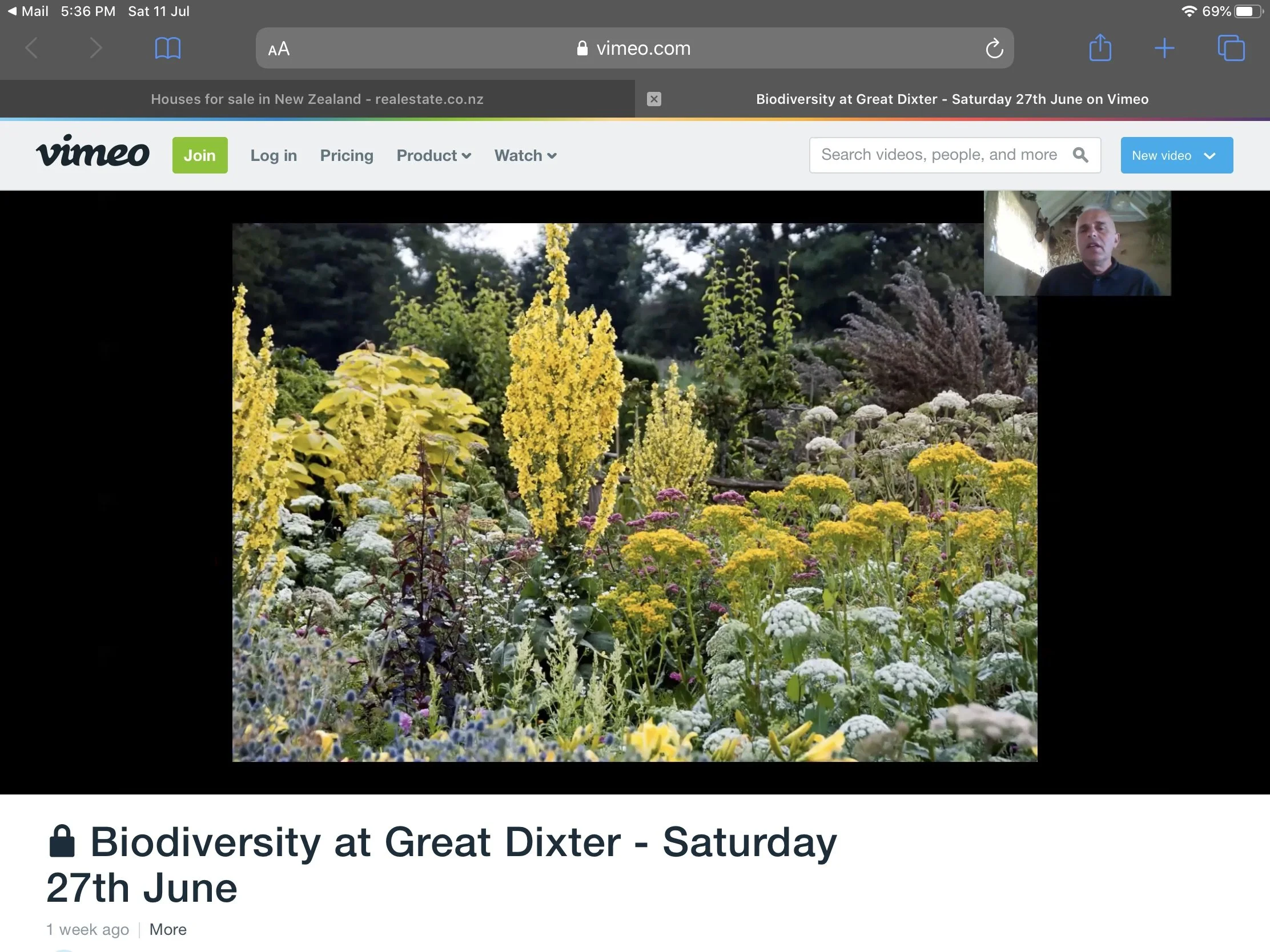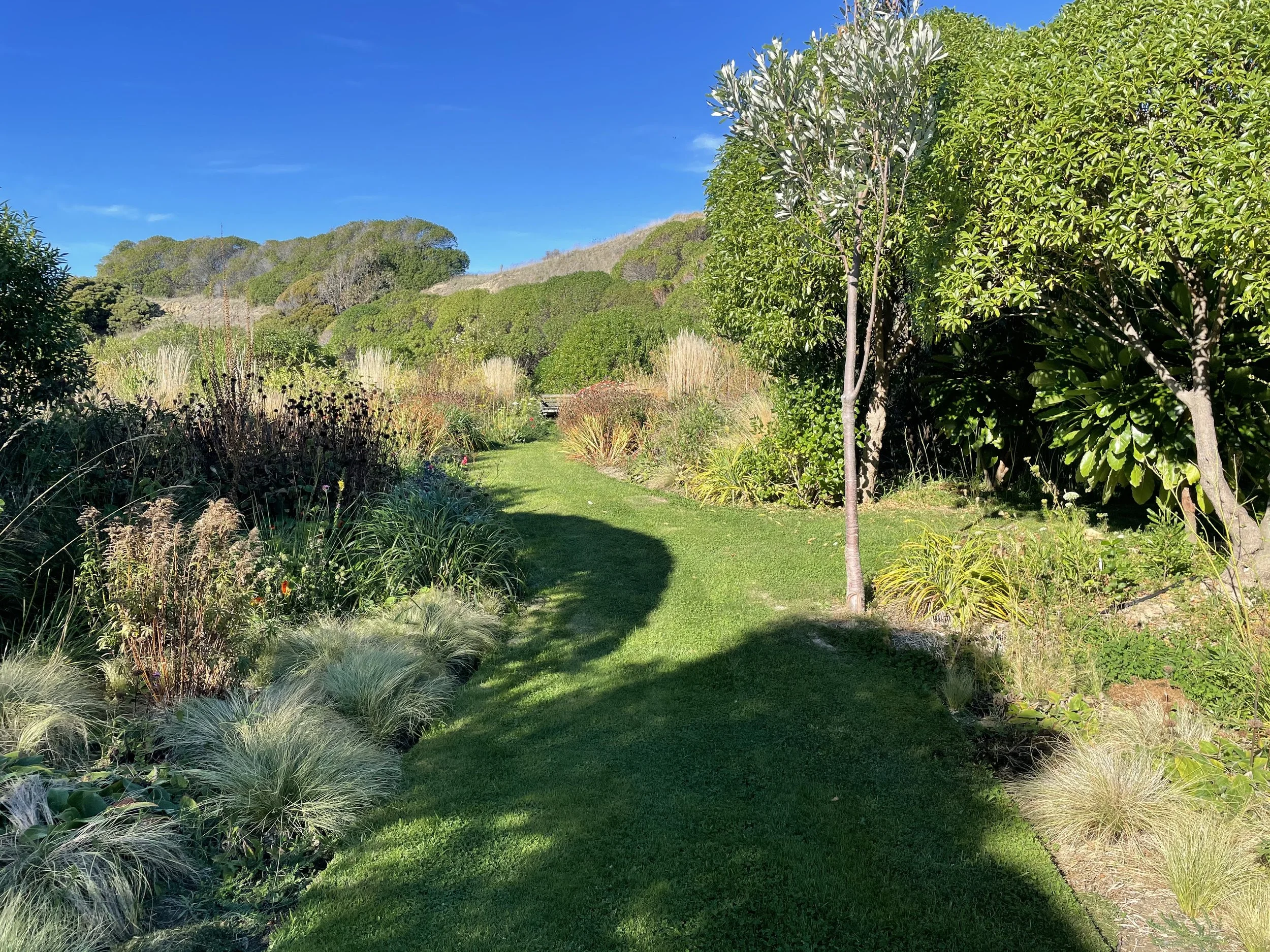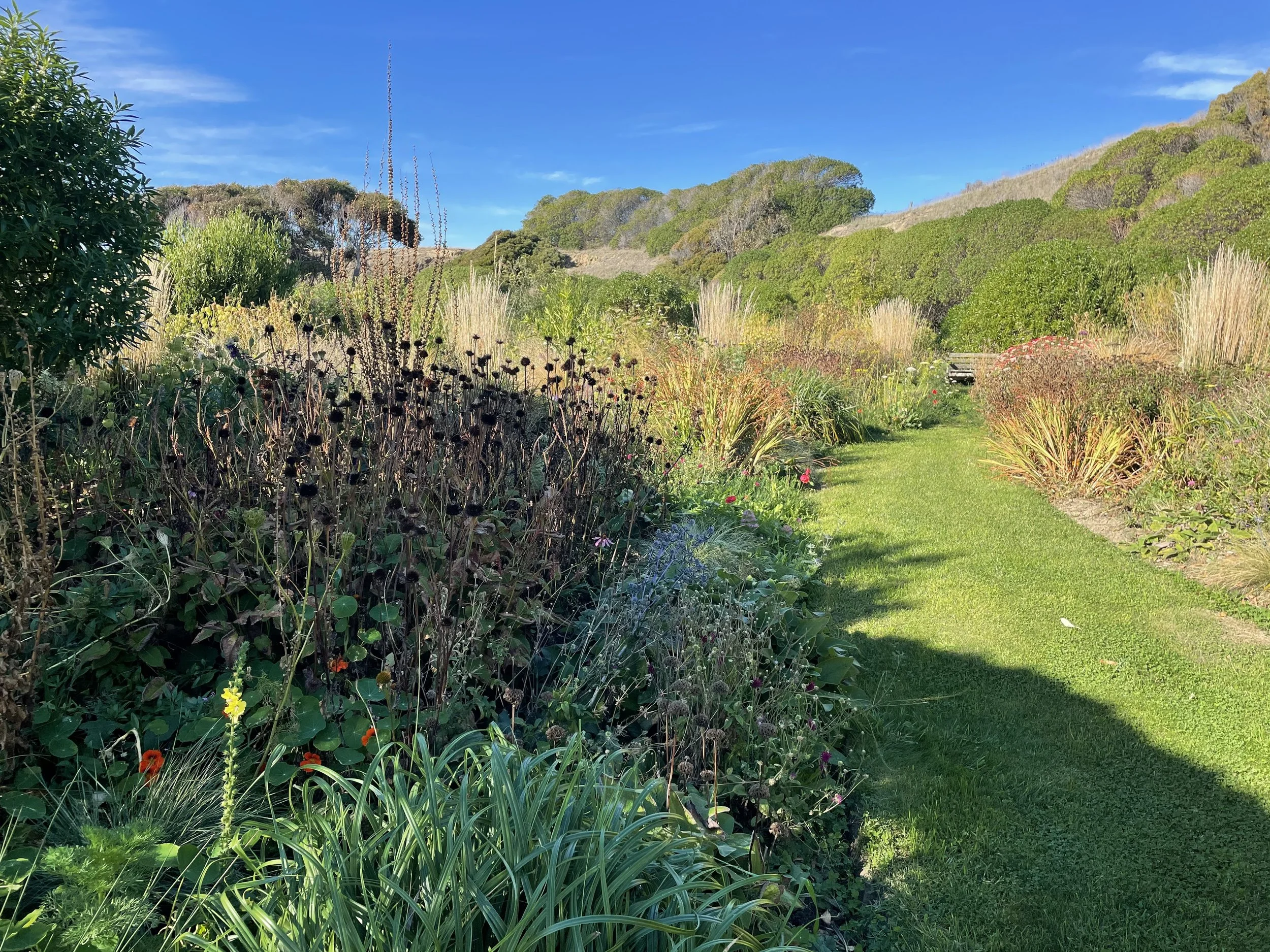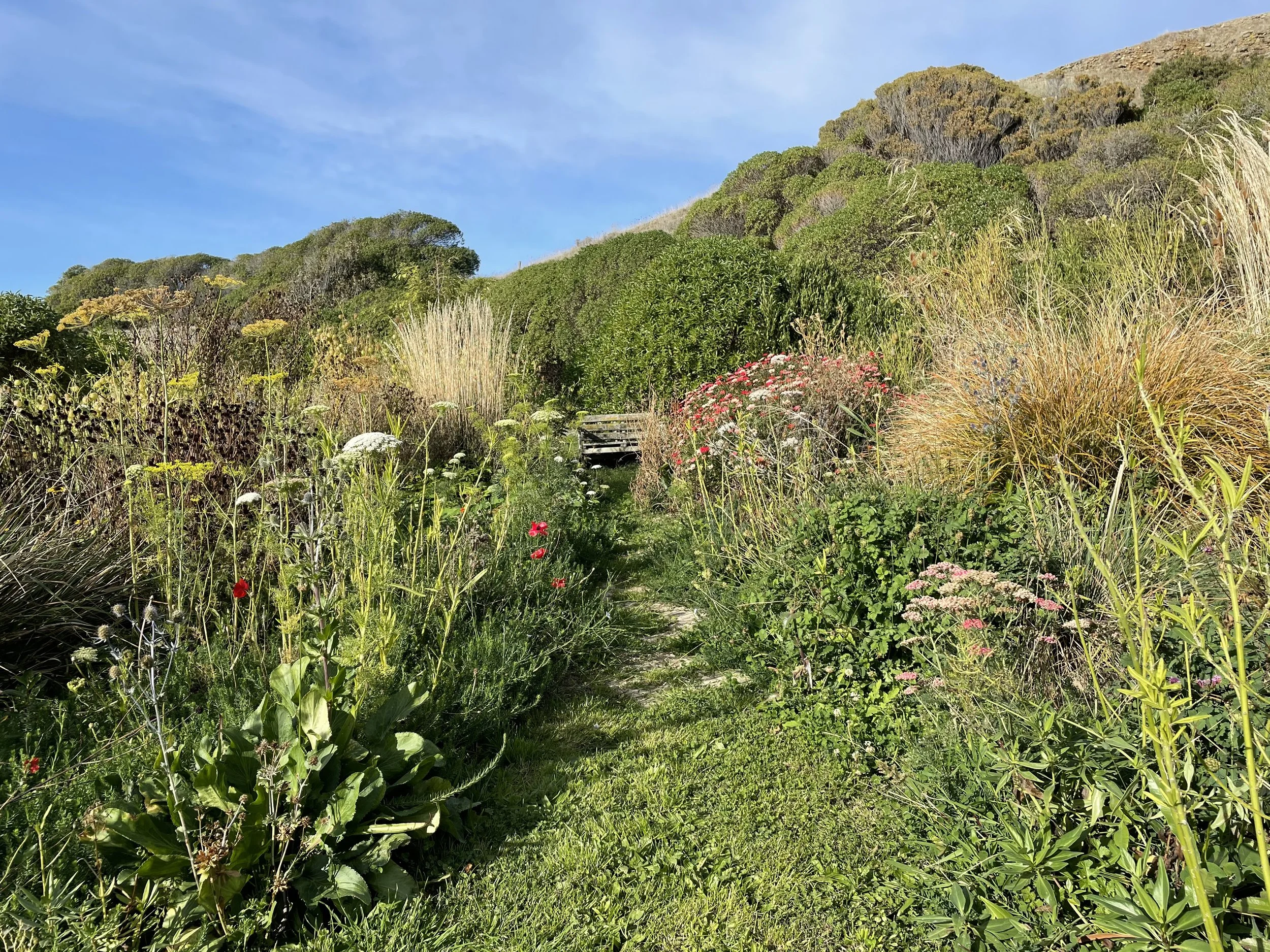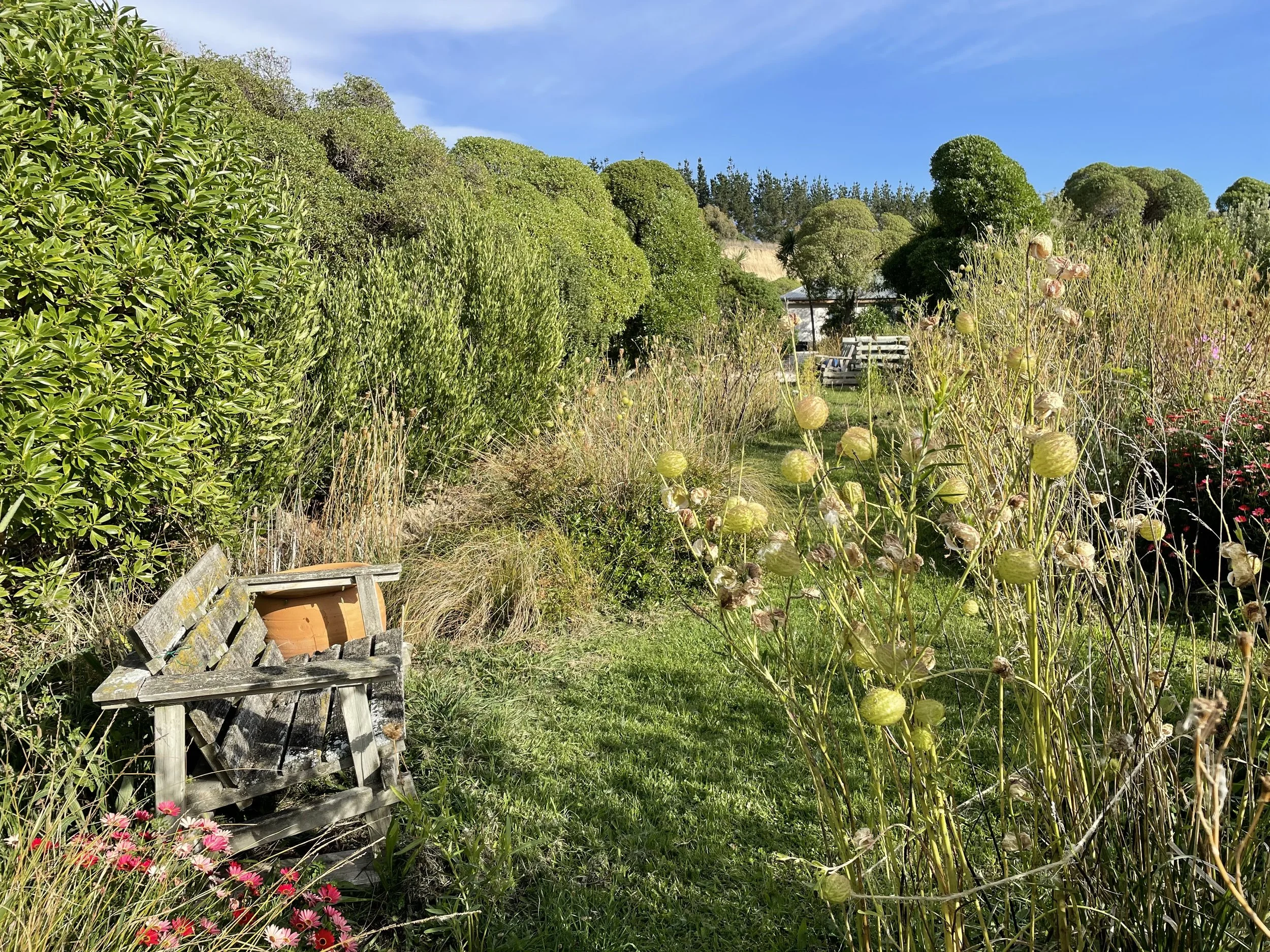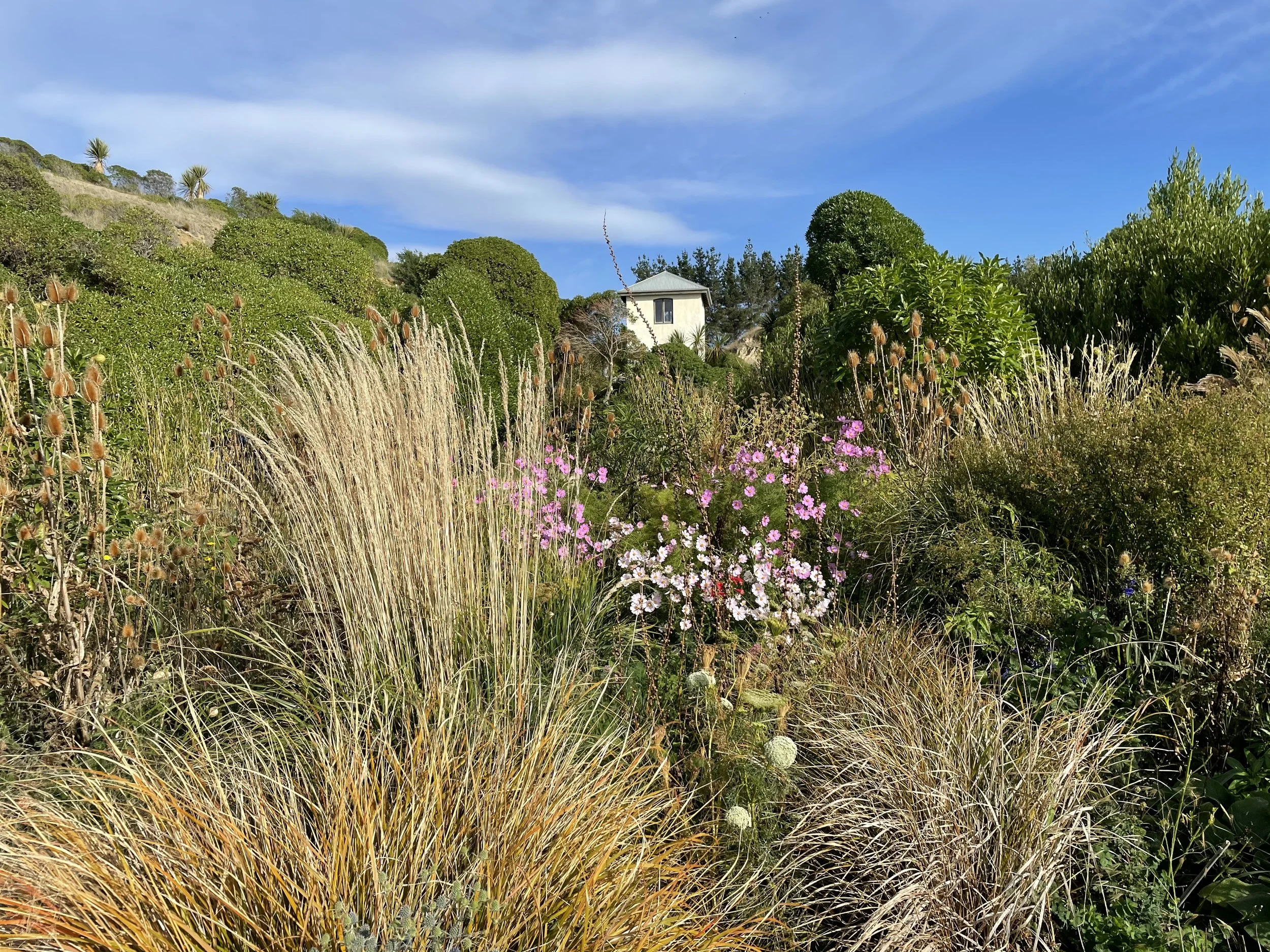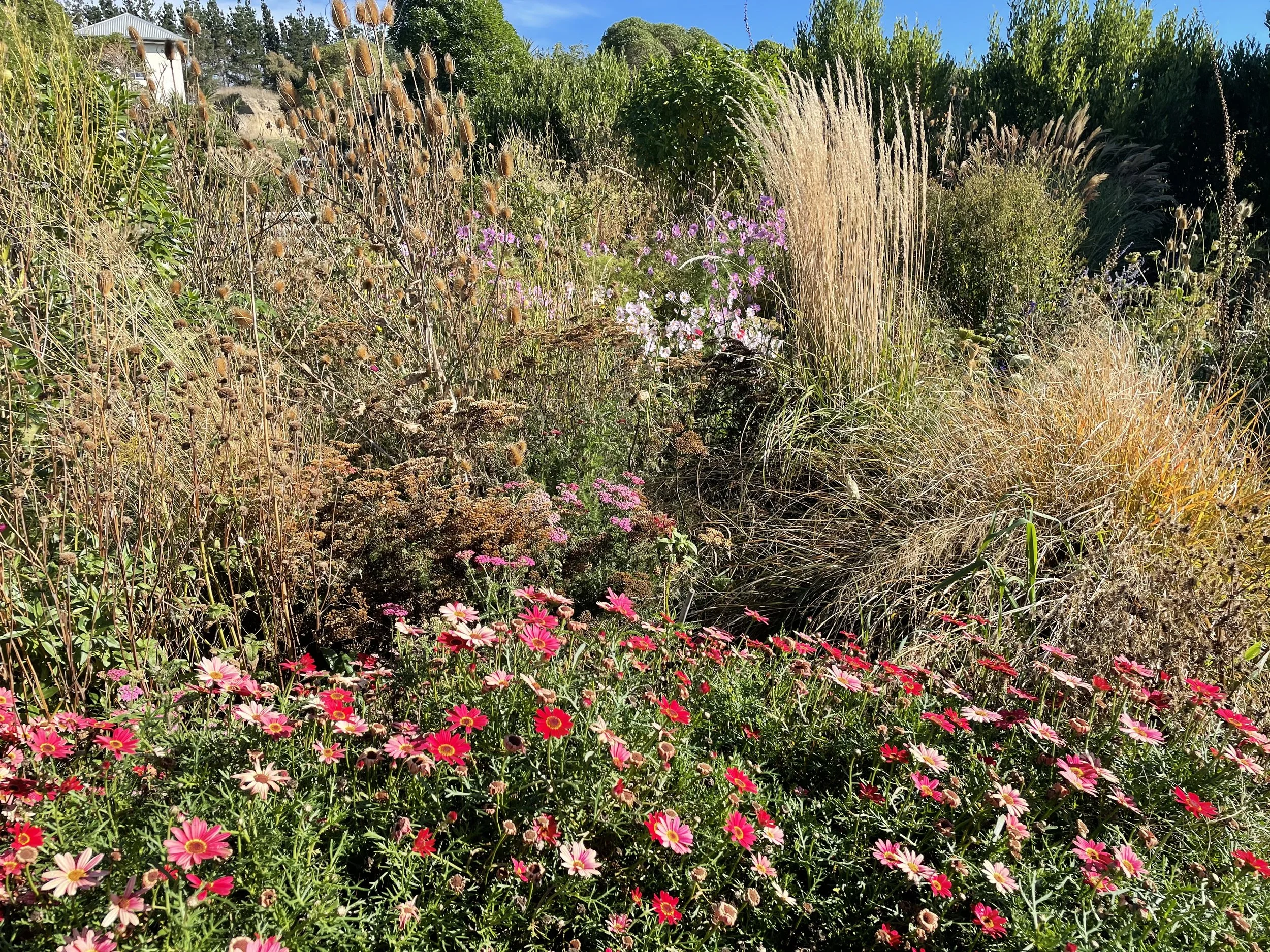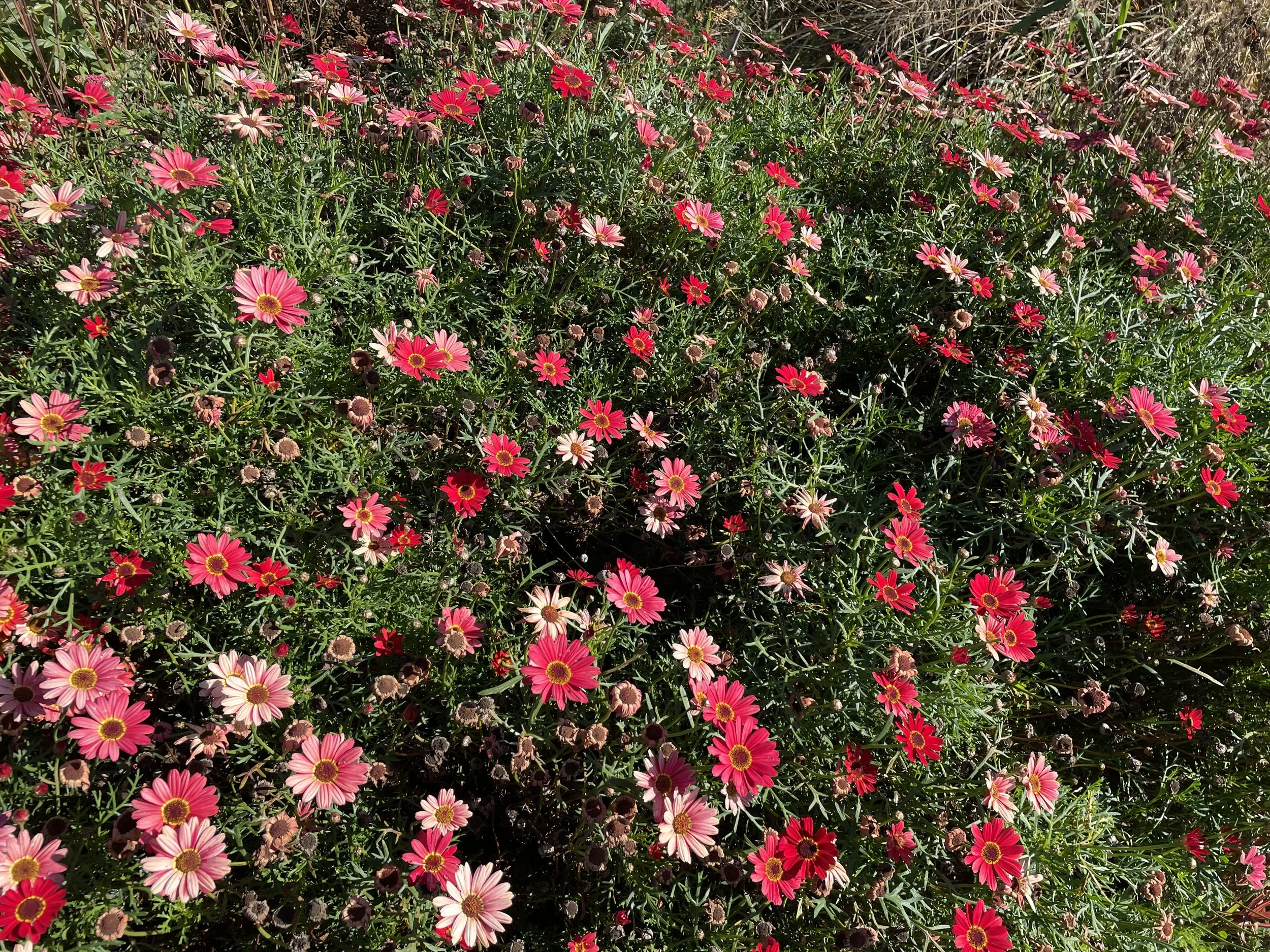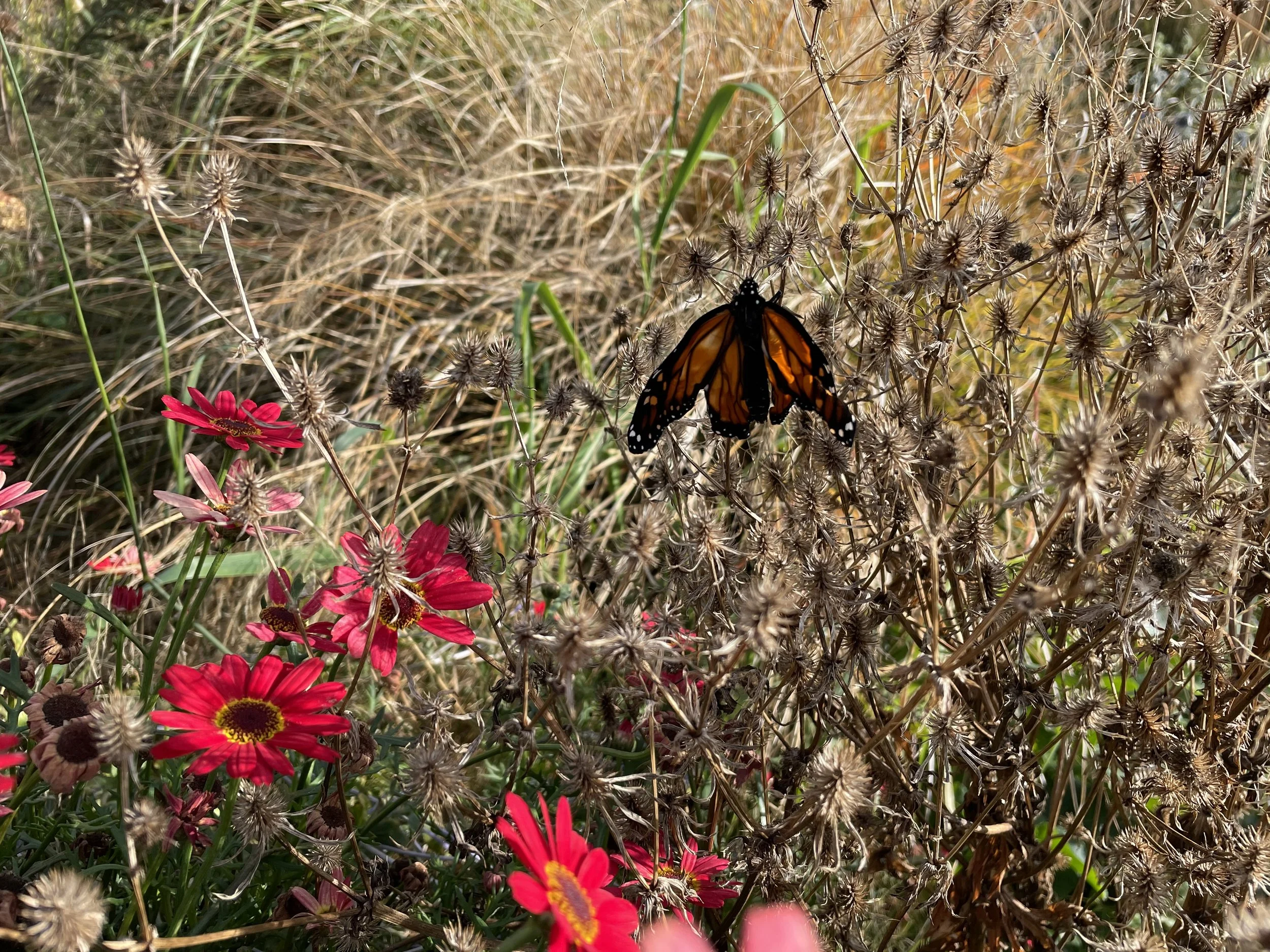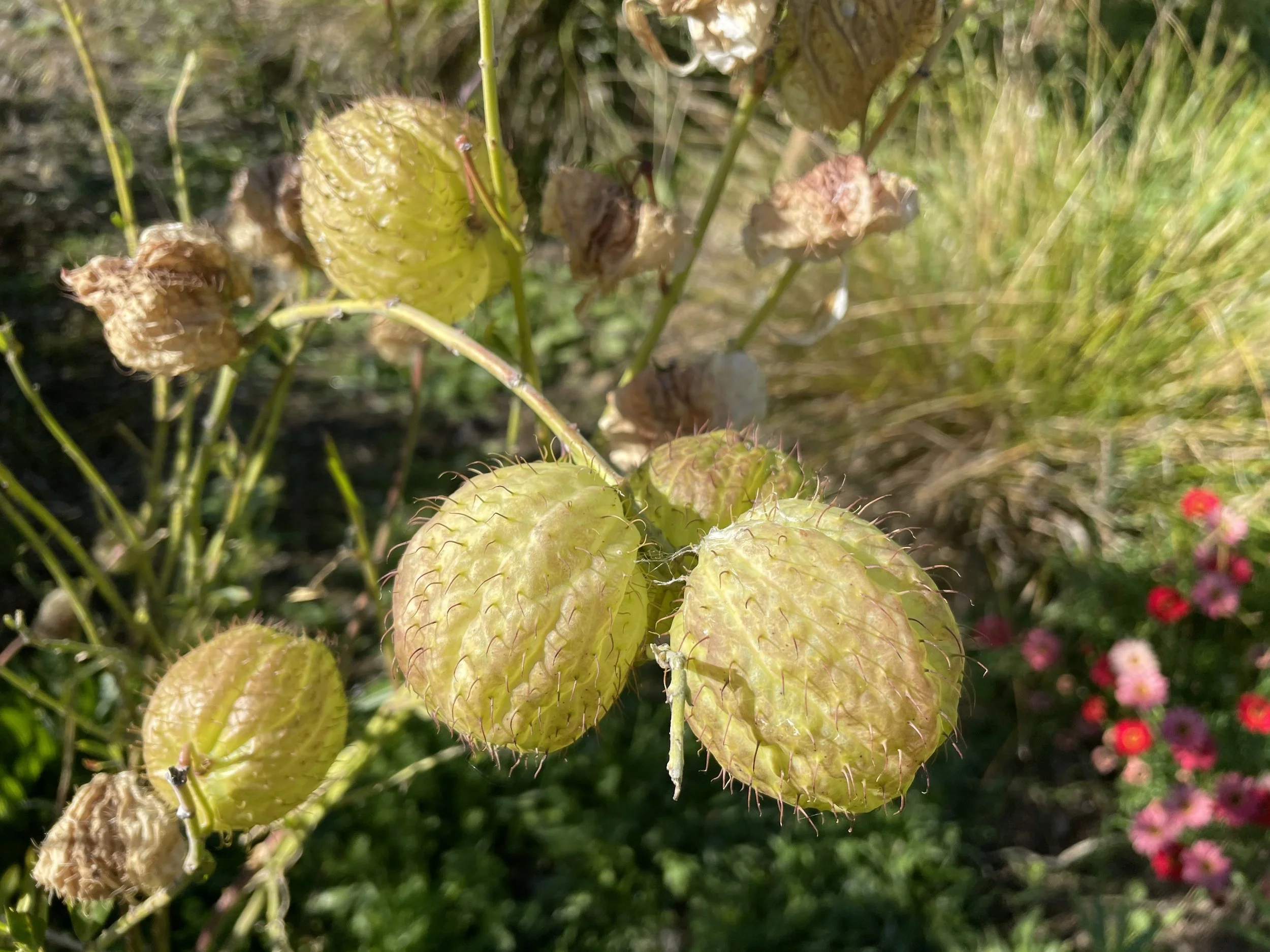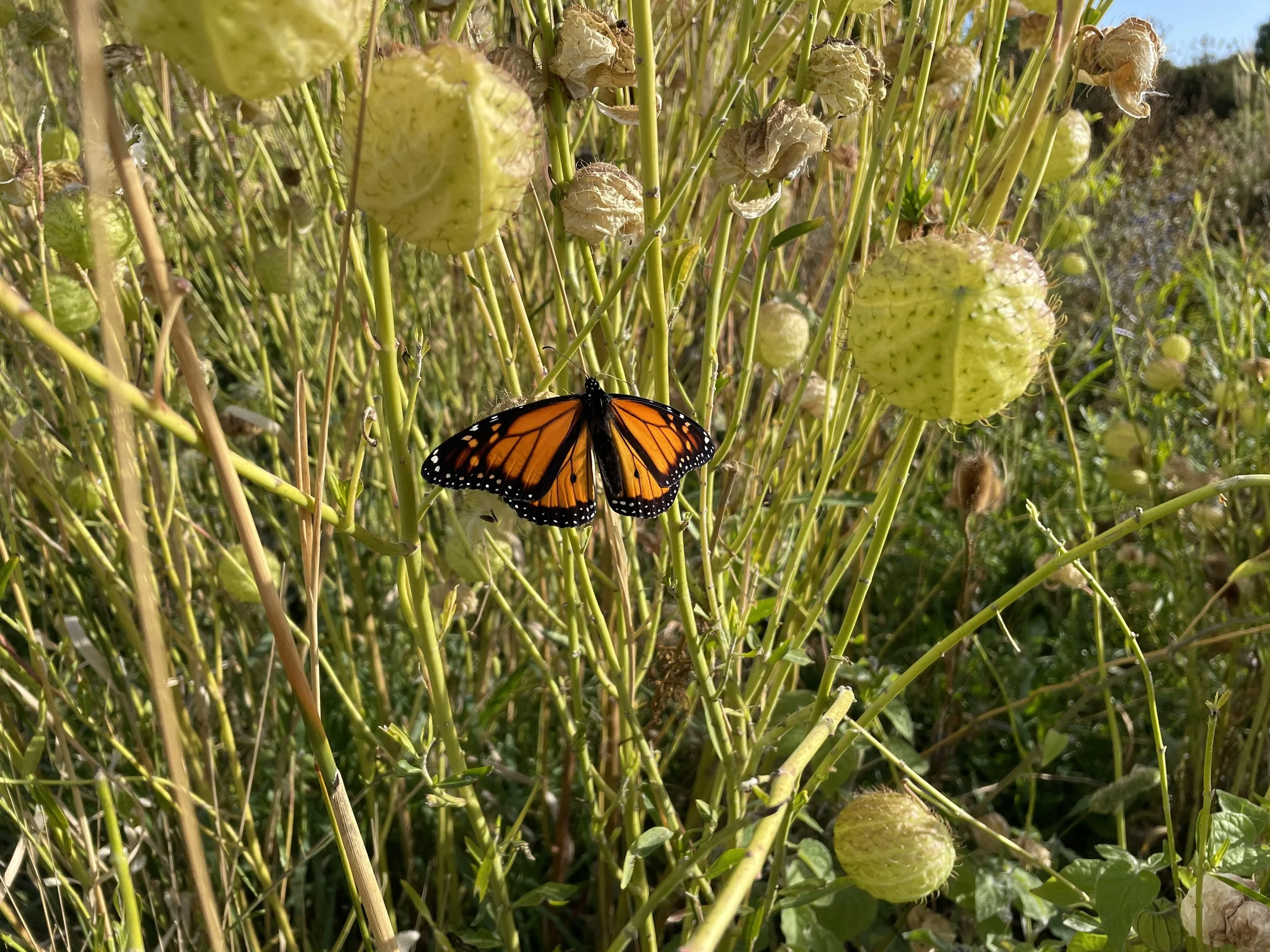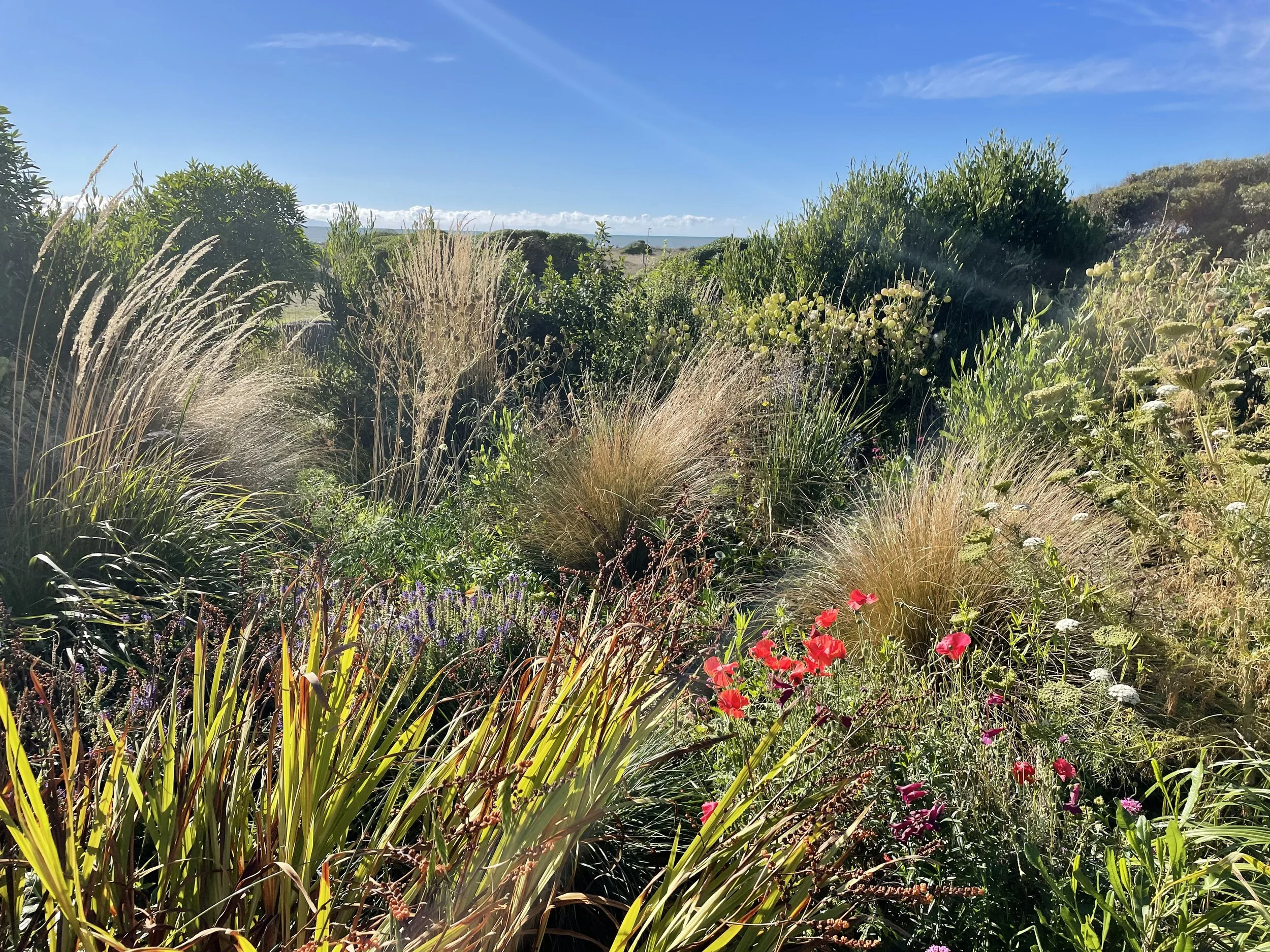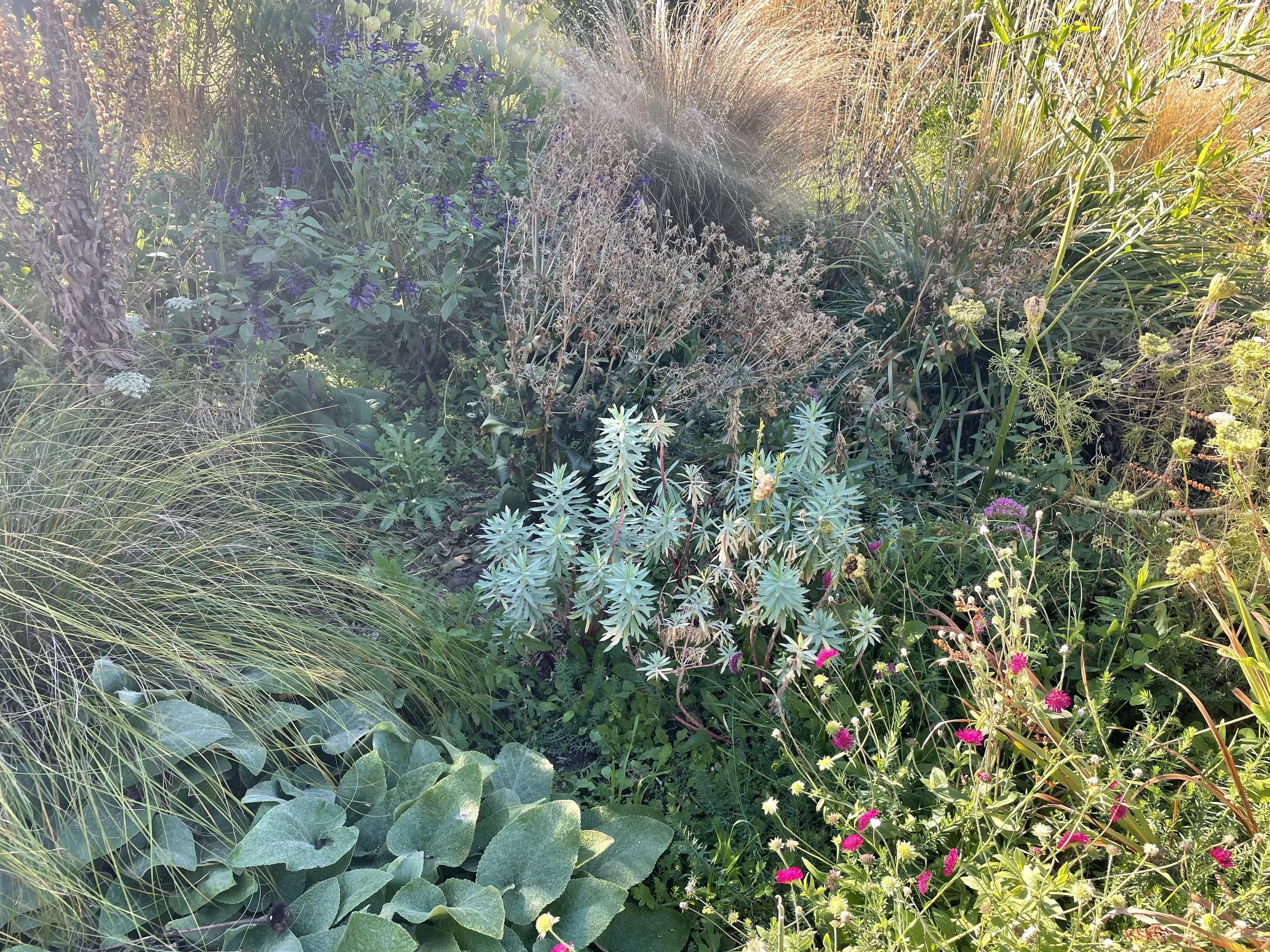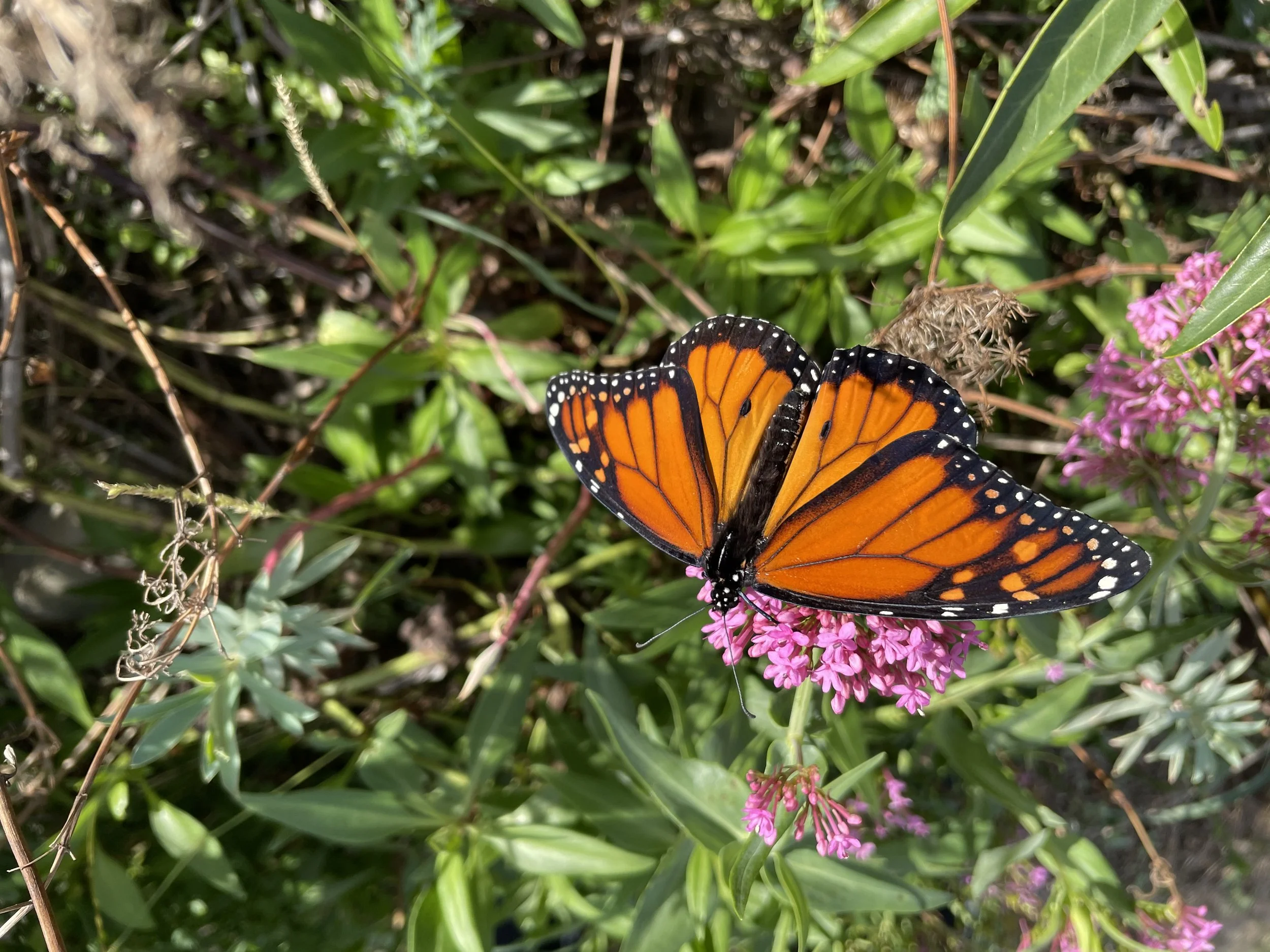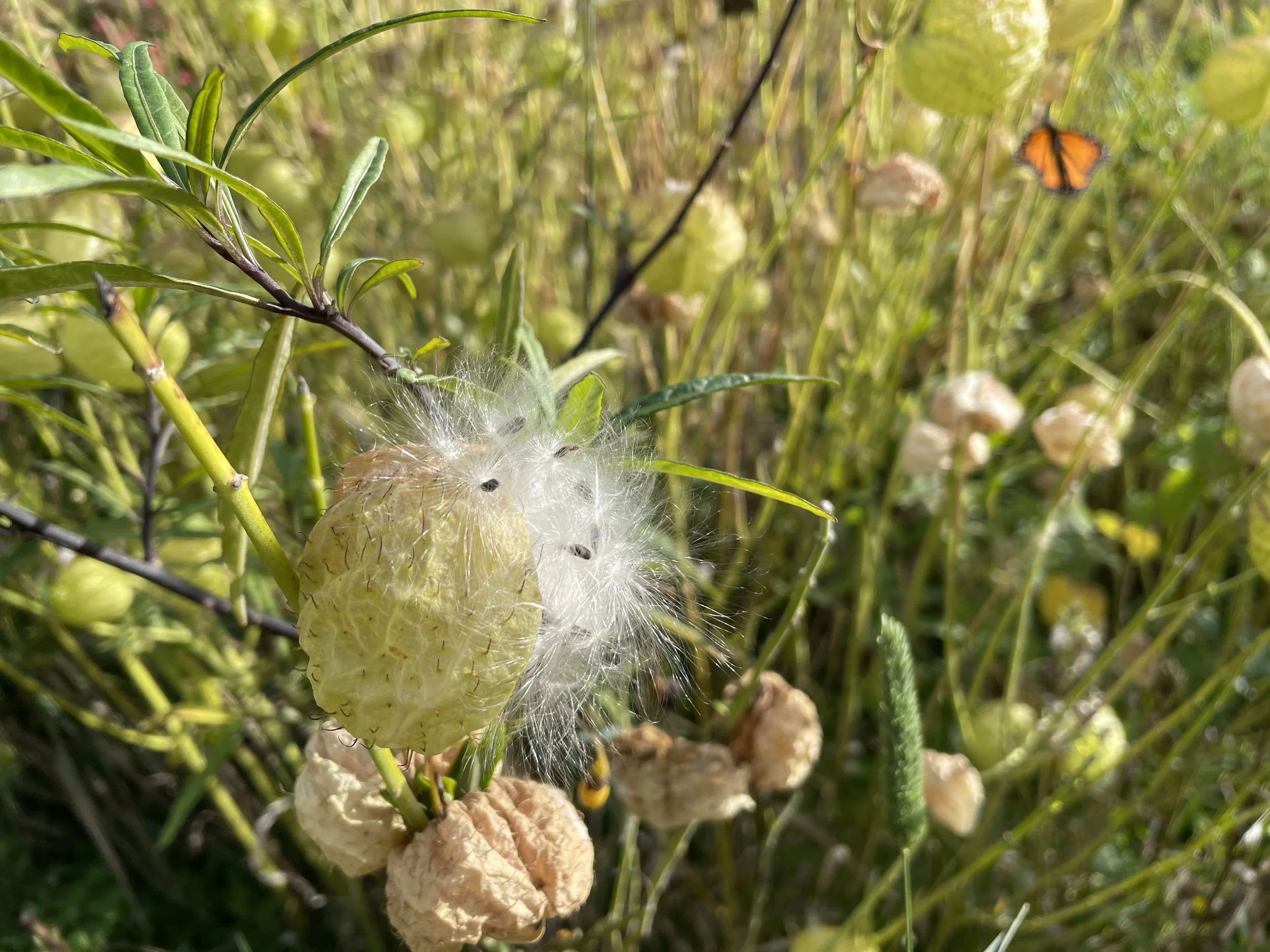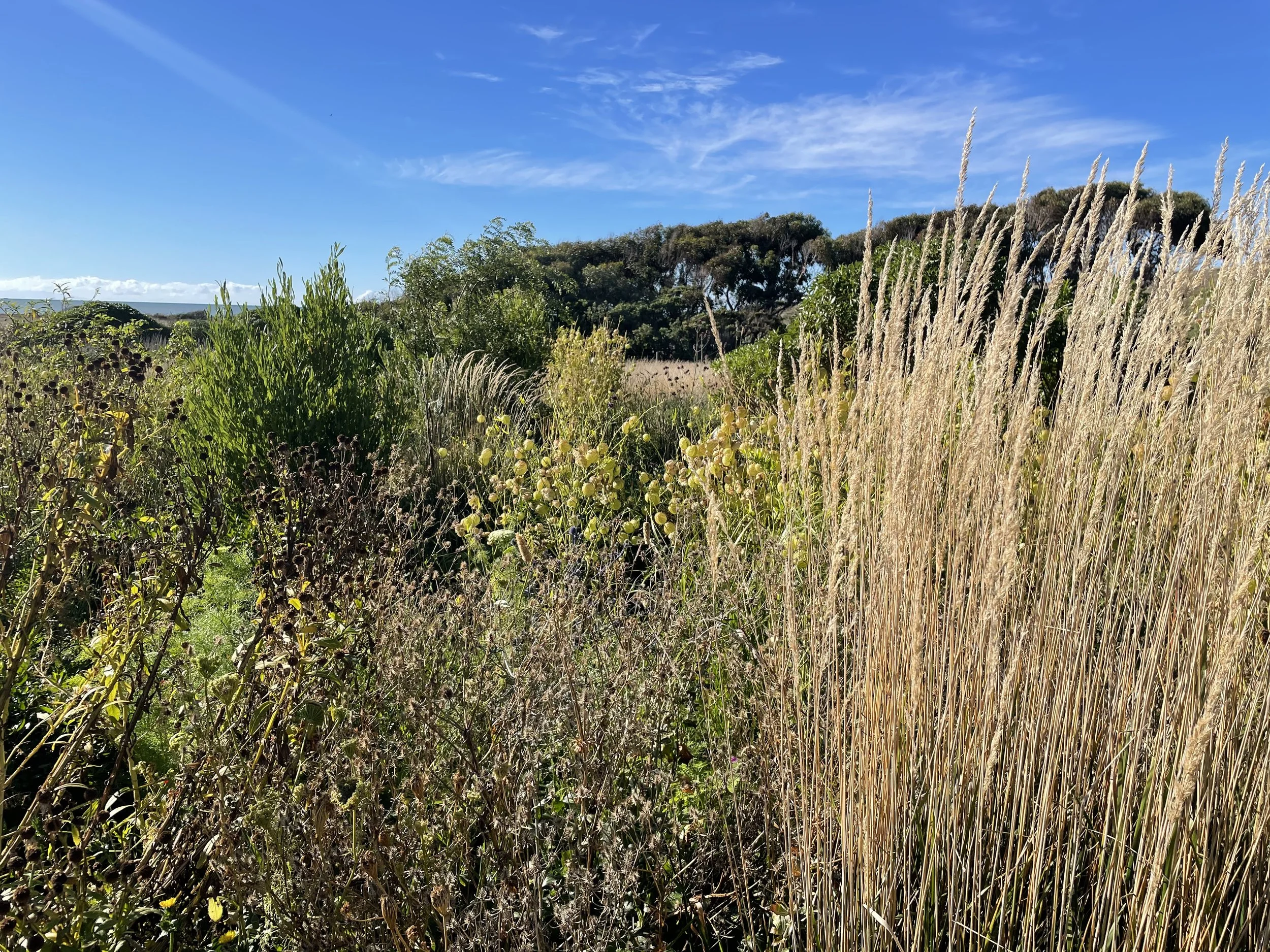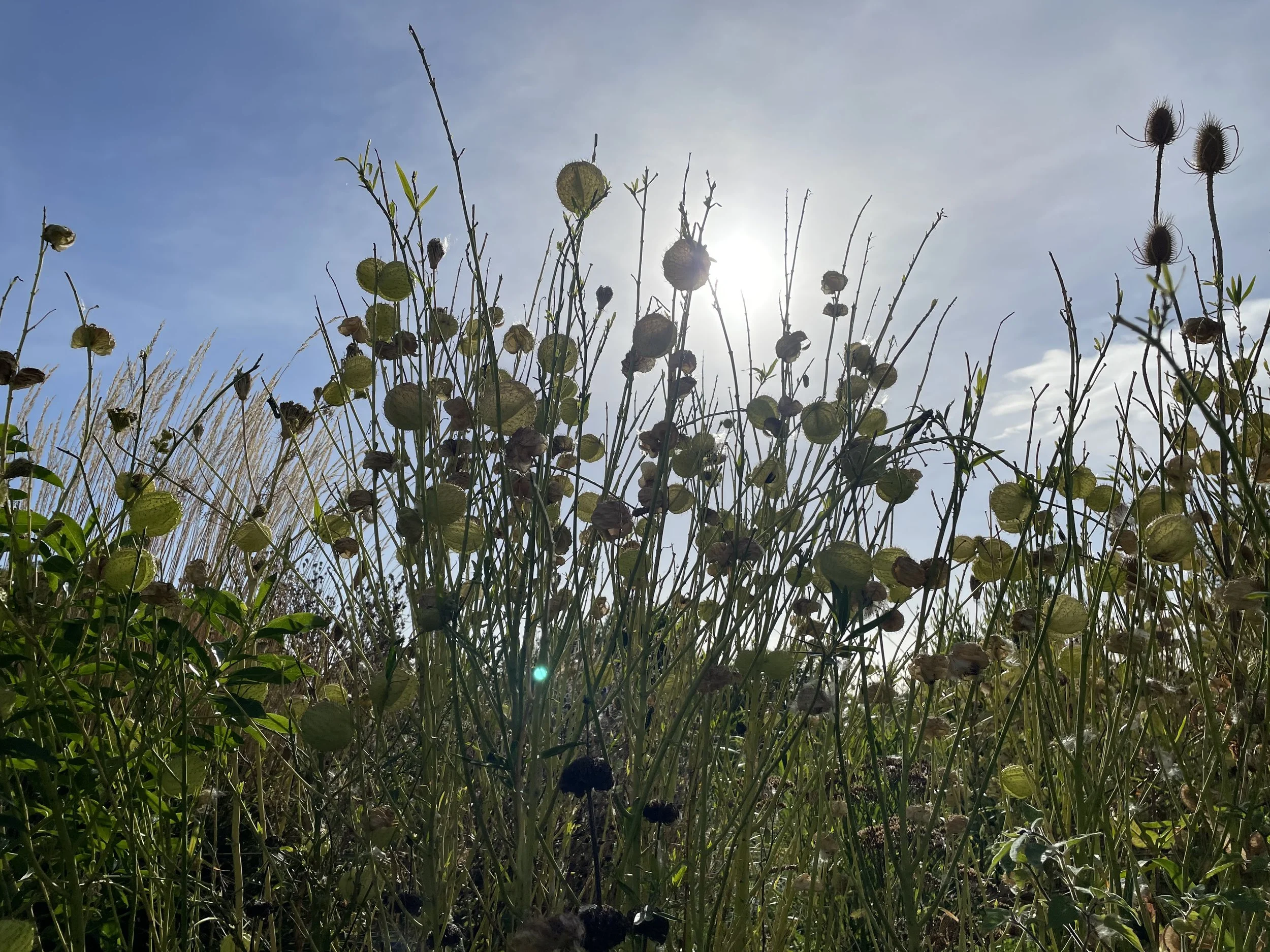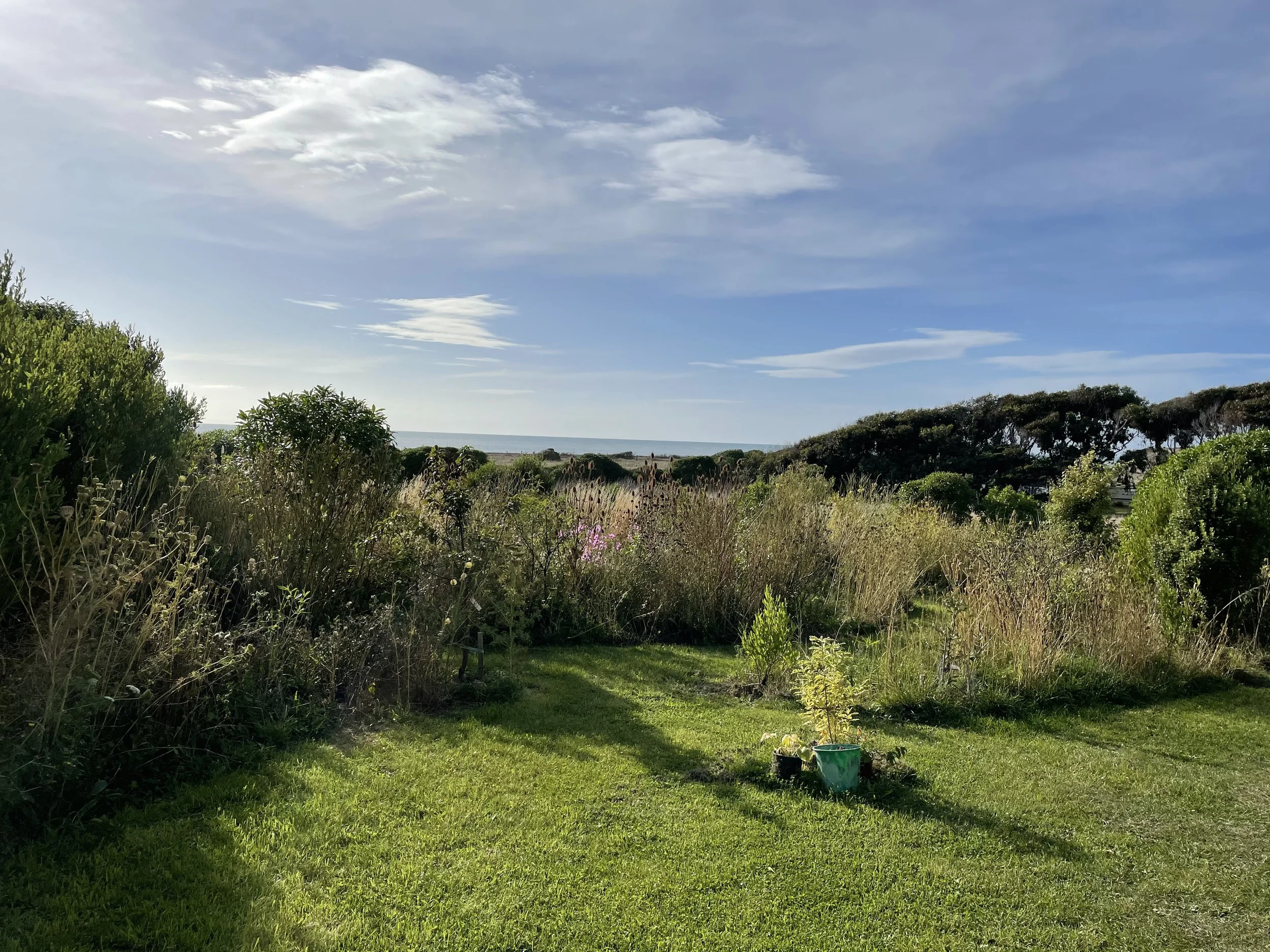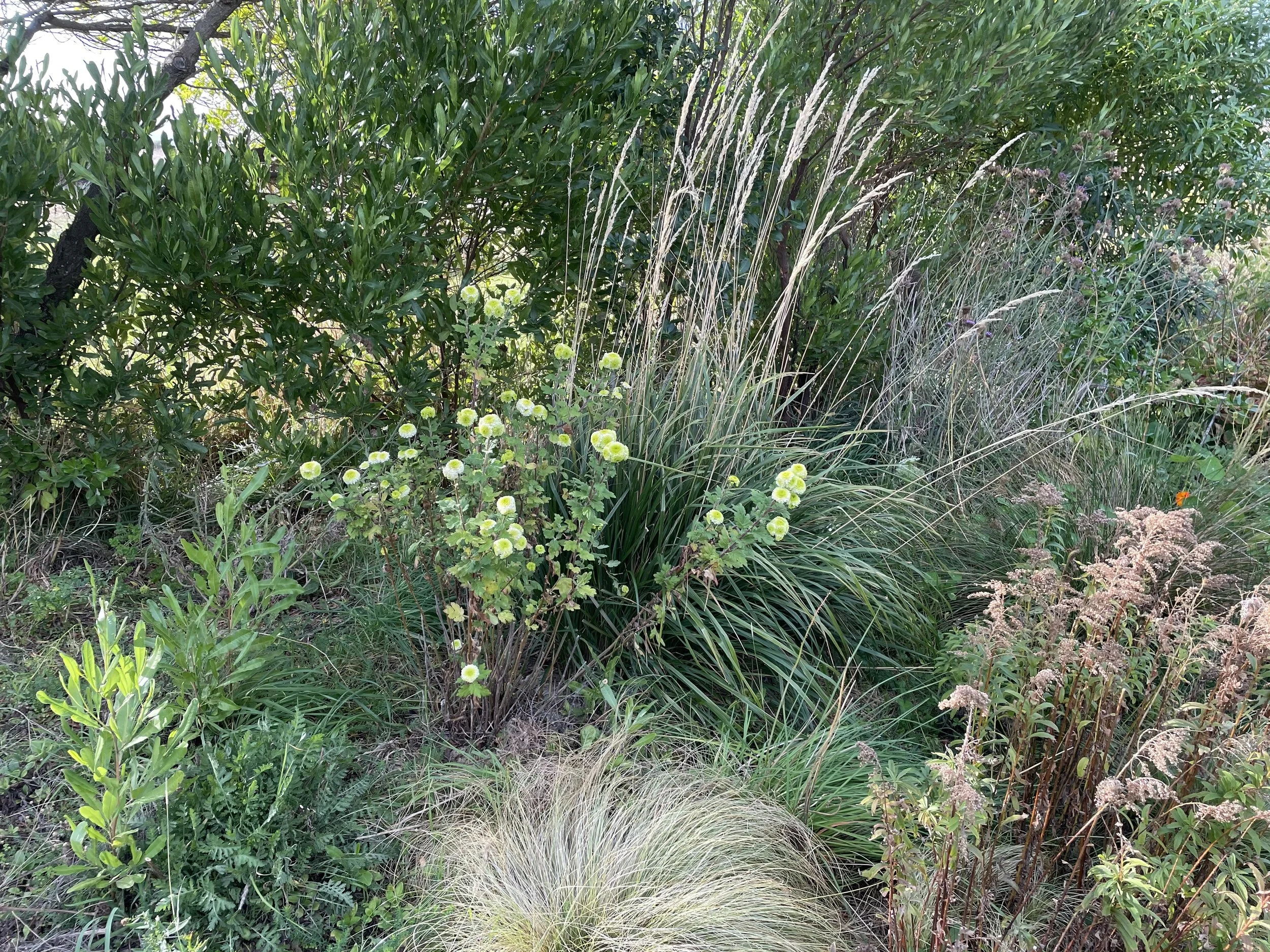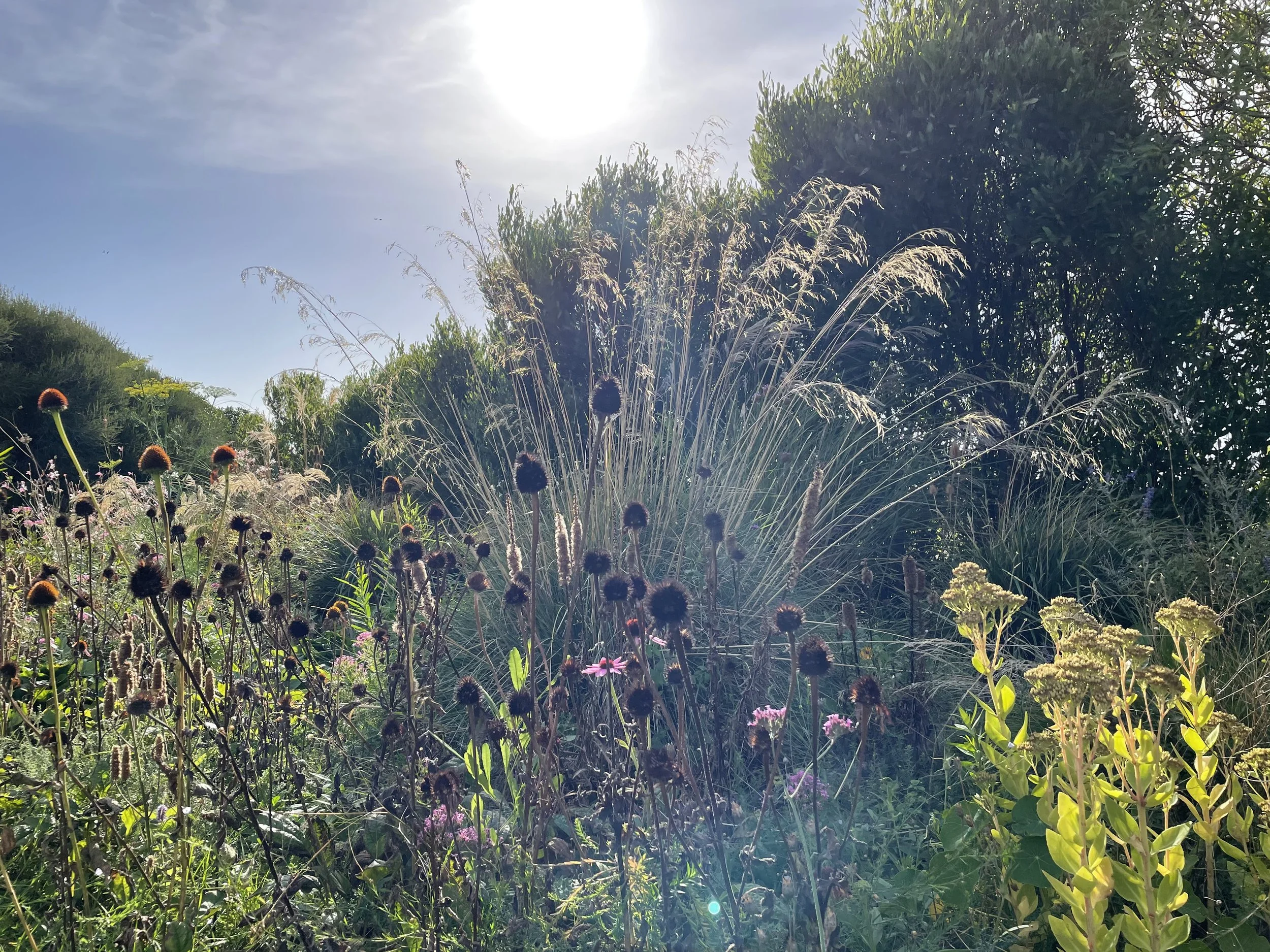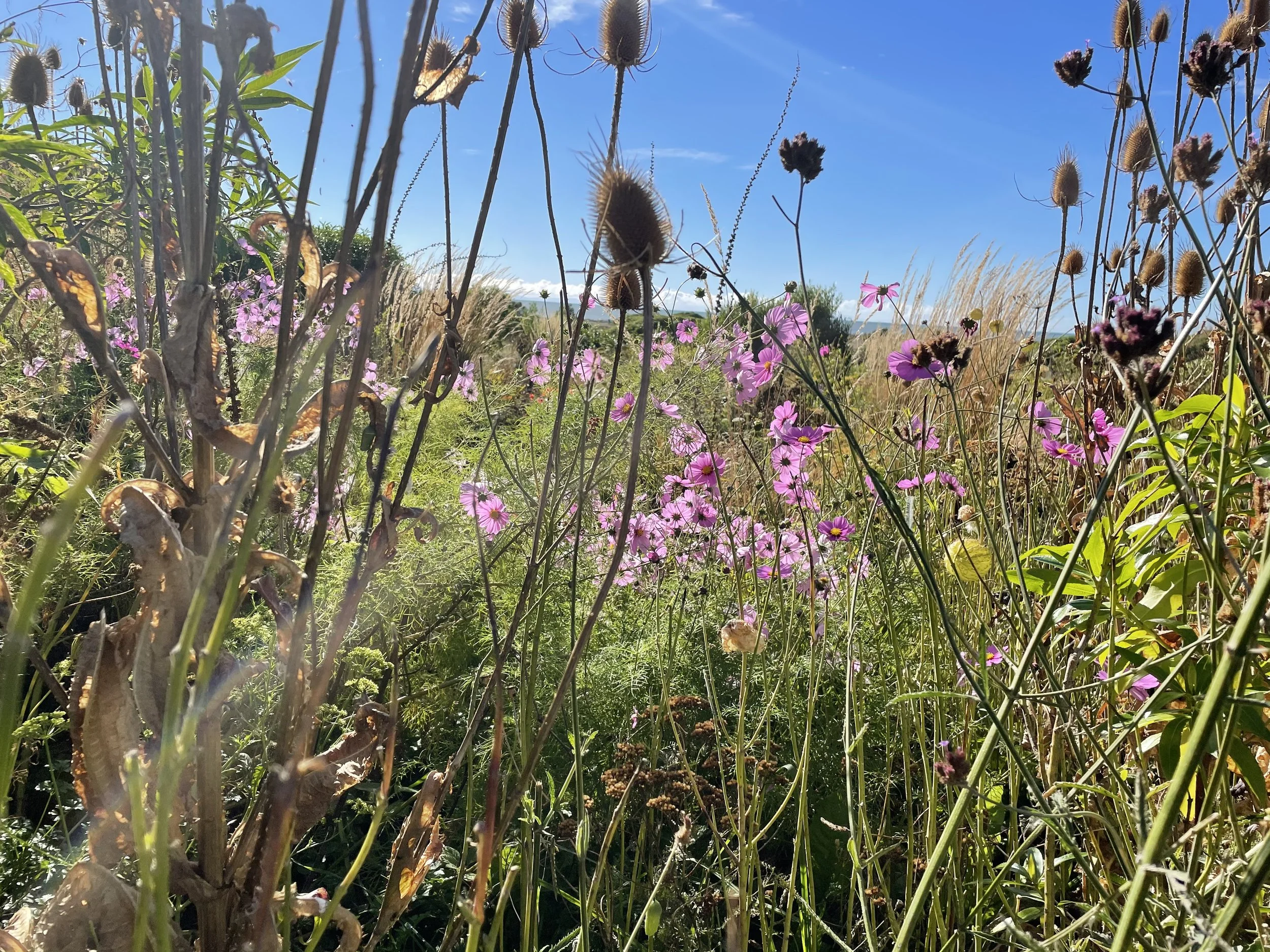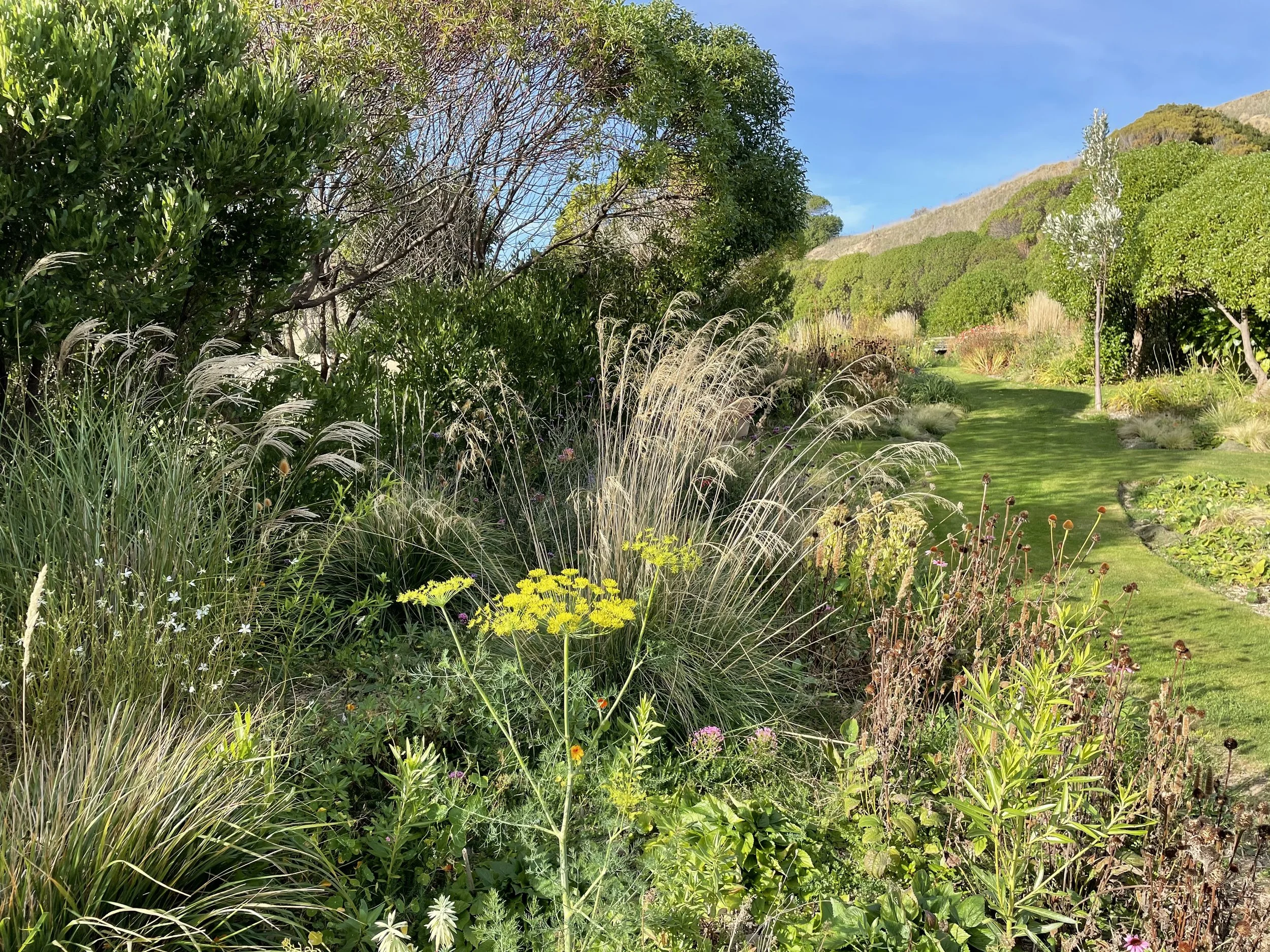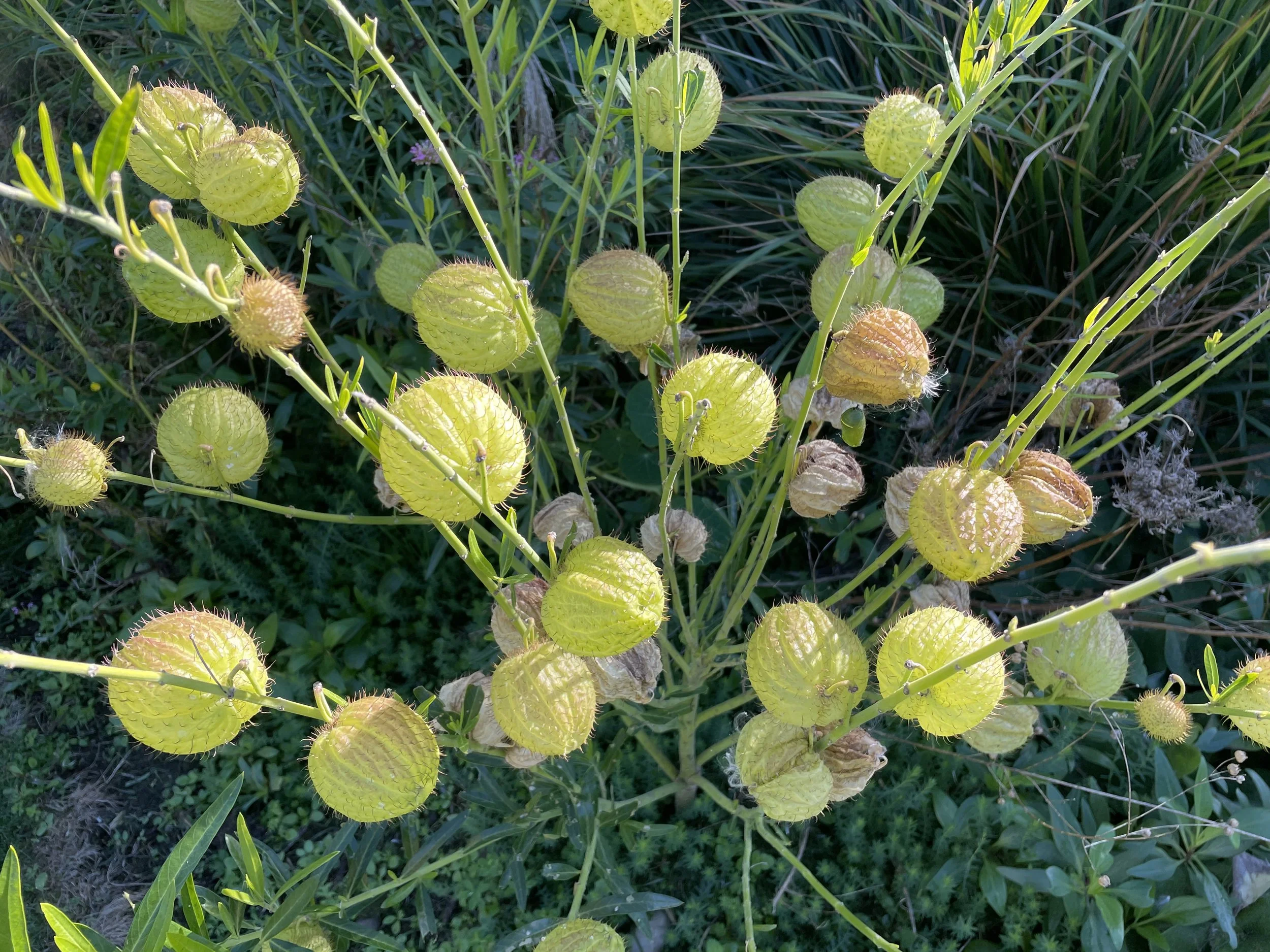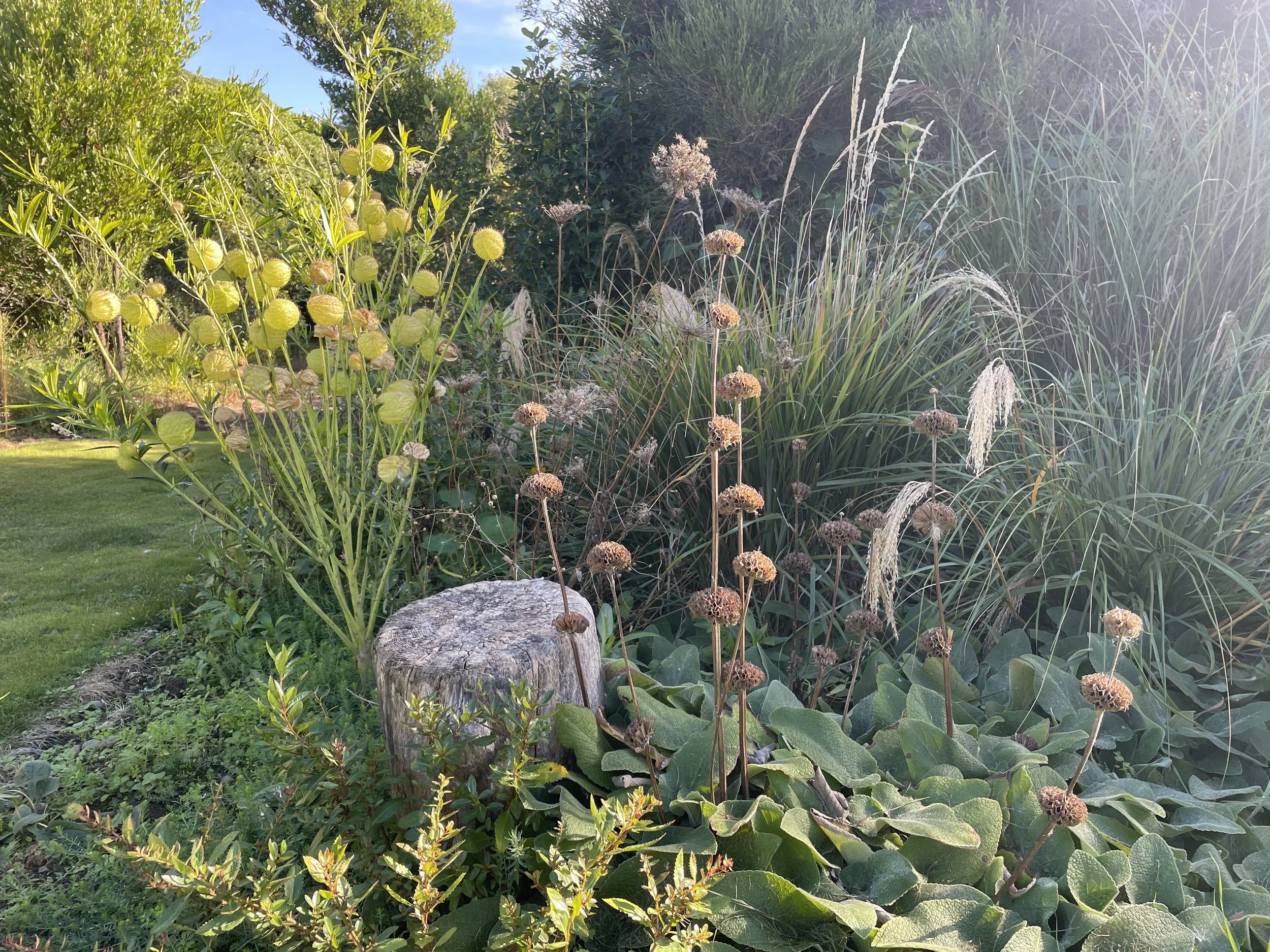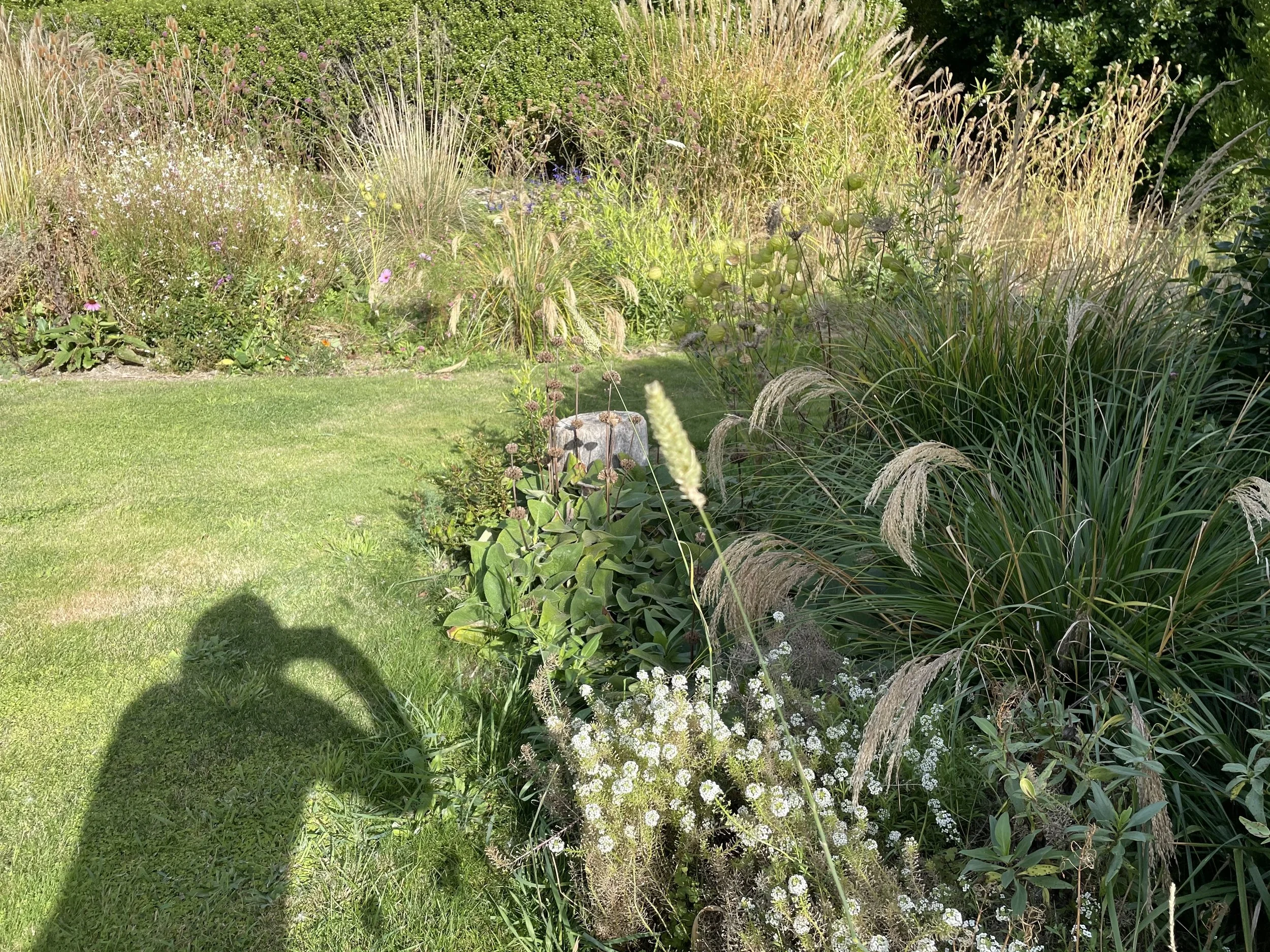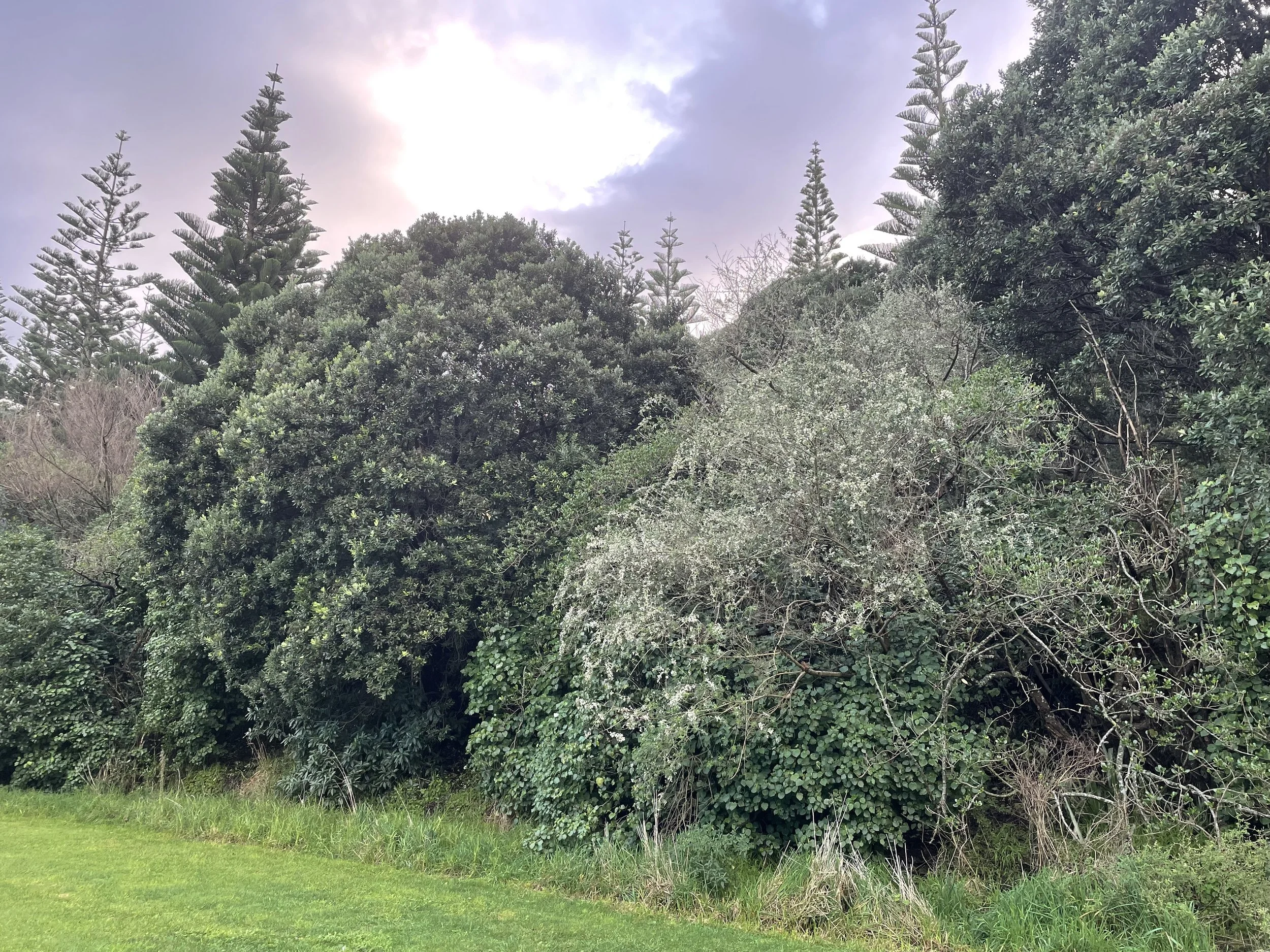My nana had a very diverse group of friends. One of them was a man called Fred. My nana loved Fred. He was her ‘Californian’ son. She was his ‘New Zealand mum’. He once asked her what age she felt she was, in her head, when she thought about herself. And she said 23. Or 21 or 26. I can’t remember.
We all think of ourselves as being a particular age. In our heads. Where no one can see. I’m 9 or 10. That’s when I had a sense of who I was and what was important. And one of those things was the nature. The weeping willow at the back of the garden, mum’s flower border, dad’s lawn, the gum forest that met the lawn. The distant hills. I didn’t know it then, but I grew up in a place that was on the edge of woodland. Where suburbia gave way to forest and then fields.
Cambridge 1970s.
I tested positive to Covid 19 on Monday. At least it wasn’t Alpha or Delta, only Omicron. At least I’m double vaxed and boosted (though not double boosted). I may not be young, but at least I’m fit. At least I have Derek Jaman, Melissa Harrison and Fred Pearce for company. And my husband. He caught covid 3 days after me. Both of us were surprised at its ferocity.
The view west.
I’ve spent a bit of time in bed this week. I’m lucky to have so much nature to look at. I have two sets of windows: one faces south and one faces west. From the west window I have a view of the front garden. There are 3 pōhutukawa trees and several scrappy (not meant in a derogatory way) taupata bushes, Coprosma repens. I can see the sea, although most of it is obscured by a huge norfolk pine and a pōhutukawa on the forshore. I don’t mind my view being obscured by big trees. There’s something desolate about beaches without trees.
Tree lucerne on the south side of the house.
There’s a tree lucerne in flower outside the southern window, which is on the narrow strip of land along the side of the house. This tree lucerne is loved by lots of small unidentified birds (probably waxeyes). On Tuesday an enormous kererū, wood pigeon, sat in the tree and slurped on nectar.
I understand that DOC classifies tree lucerne as a pest tree. I’d have to strongly disagree with them. But you already know that. I recently found out that tree lucerne is a host plant for 3 different blue butterflies (common blue, long-tailed blue and southern blue) native to NZ. A host plant is a particular plant where a particular butterfly or moth will lay its eggs. It has to be a particular plant because it provides a particular food for the caterpillars when they emerge from the eggs.
Tree lucerne in flower in QE2 Park.
It’s a hard time for birds and bees and butterflies, maybe moths too. There aren’t many flowers flowering. I was reading about bees. It’s important not to weed weeds at this time of year, because lots of the weeds are in flower. And these flowers provide nectar and pollen for bees.
The oxalis growing along my road verge is flowering. Bright, almost fluoescent, yellow bells, which are pretty if you stop thinking of them as weeds. I saw a lone bee buzzing around its flowers yesterday.
Gardening is out this week. Though, I can still empty my food scraps into the various compost bins, pick up dog poo off the grass and water my sweet pea seedlings. I have tried to do more: shovel a bit of mulch or shift a bag of potting mix off the grass and then I ran out of breath and my head started pounding - so I had to stop. Anyone who tells you covid is a doddle is a liar.
I can still dream about gardening, plants and nature. And I can read, which is where Derek, Melissa and Fred come in. Derek the artist gardener, Melissa the nature writer and Fred the science journalist who asks unpopular questions (questions that might just offer a glimmer of hope to a natural world in trouble).
Monarch butterflies were in the news last week. Apparently they’re on the decline. They are native to New Zealand. Our monarchs are related to a number of other monarch butterflies in other parts of the world. They all use milkweed plants as a host plant. Our monarchs, unlike all the others, aren’t migratory. Ours overwinter in warm coastal places in New Zealand.
Migratory monarchs have now been added to the red list of threatened species by the IUCN. These butterflies fly thousands of kilometres each winter to spend summer in America and Canada. The main reasons for their numbers falling is habitat destruction and climate change. Migratory monarchs feed on milkweed, like the NZ monarchs. Deforestation destroys their winter shelter and agricultural pesticides kill milkweed. Droughts limit the growth of milkweed and causes wildfires. Temperature extremes trigger too early migration, before the milkweed is available. Severe weather has killed millions of butterflies.
Our NZ monarchs are dependant on milkweed plants. There are 4 species in New Zealand. All of them have been introduced. We call them swan plants (at least I think all of them go by that name). So we have a native animal dependant on an exotic or alien plant….you can see why it’s important not be be a purist when it comes to nature.
On July 11, 2020 I watched the Great Dixter webinar on biodiversity. A team of experts completed a biodiversity audit on the entire gardens. The results were very very exciting. Here’s a link to a great interview with Fergus Garrett on the podcast Roots and All if you’re interested.
https://www.youtube.com/watch?v=IeFjgtJ33CM
It was the monarch butterflies that led me back to Great Dixter. And the webinar.
As you know, Great Dixter is a large intensive ornamental garden in the UK. It turns out that it’s as rich in biodiversity as any great nature reserve. There are lots of different reasons for this. And here are some of them. They stopped spraying plants 17 years ago. They have a range of different habitats from woodland to meadows to herbaceous borders. It’s this mosaic of different habitats that join up like jigsaw pieces that’s critical: long grass next to short grass, bare ground next to woodland, porous walls next to water, highly cultivated areas next to wild areas and so on. They have a very long season of flowers. There is nectar and pollen almost all year round. All of this is information is life changing for us suburban/urban gardeners.
In the webinar Fergus talked about ornamental gardens as being like a woodland edge. A woodland edge is that area of land between forest and meadow. There are trees, shrubs, grasses and flowers. Woodland edges are traditionally areas rich in biodiversity. Woodland edges are ‘ecotones’. An ‘ecotone’ is ‘a region of transition between 2 biological communities.’ It is thought that ecotones between 2 habitats are richer in species than either. Many of our suburban/urban gardens are like a woodland edge. They also have lots of different habitats rubbing shoulders with one another.
Fergus was surprised that bare ground and disturbed ground are also important habitats, rich in biodiversity.
Suburban and urban gardens, be it window boxes, balconies, courtyards back yards or quarter acre plots; they all tumble into one another becoming a great big wildlife corridor. A mosaic of different habitats and ecotones. Variety is key. A wildlife friendly garden is a garden with a variety of habitats side by side.
I decided that if I wanted a wildlife friendly garden I needed to find out more about wildlife. So I joined the Moths and Butterflies of NZ Trust. And I signed up for their short course on making a garden for butterflies and moths. Of course butterflies and moths are only a small part of a biodiverse garden, but I have to start somewhere.
And it was because I was thinking so much about monarch butterflies this week that I remembered Rosa and her love of Monarch butterflies.
Paripuma, April 2021.
Last Easter my family and stayed at a garden south of Blenheim for a few nights. It’s no ordinary garden. I’d been wanting to see it for ages. It’s called Paripuma and it was made by landscaper and gardener Rosa Davison, who lives there with her husband. There’s too much to cover in one blog so I’ll spread it over many. Today I’m going to looking at Rosa’s wonderful flower garden.
Rosa is passionate about monarch butterflies. She grows hundreds and hundreds of swan plants in her flower garden. These flower gardens are stunning. Works of art. I hope I’ve caught the spirt of them. The fluid way they meander through the space. Rosa has such a light touch. She’s taken the prairie style of planting but made it her own. Brought in the hard working natives and woven them in. Light and joy and place are the three words that describe this garden.
Thank you Rosa for letting me wander freely through your garden and recording it in photos.
There are 3 things I urge you to do. Plant swan plants. Have flowers flowering all year round in your garden - even if those flowers are weeds. Read ‘The New Wild’.
My tree of the week is tree lucerne.
Tree lucerne flowering in QE2 Park.
See you next Sunday.
